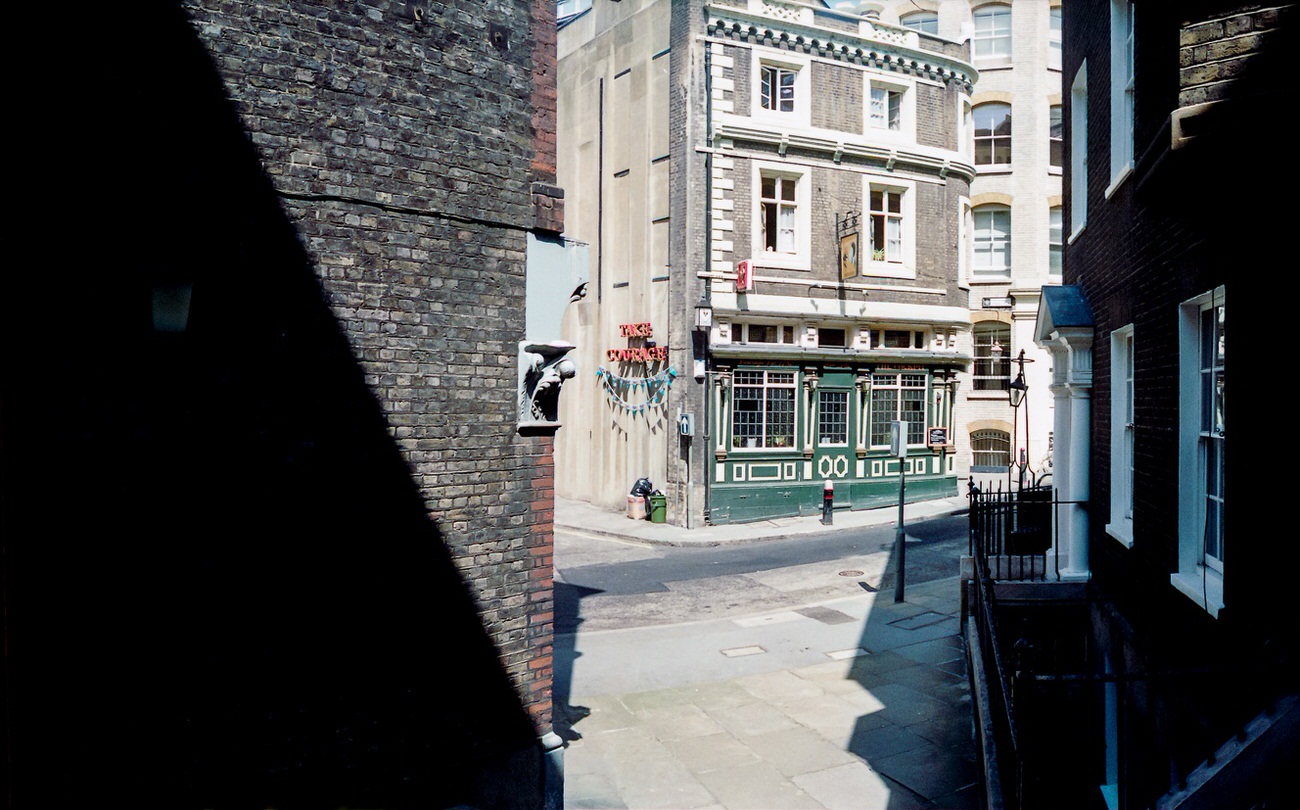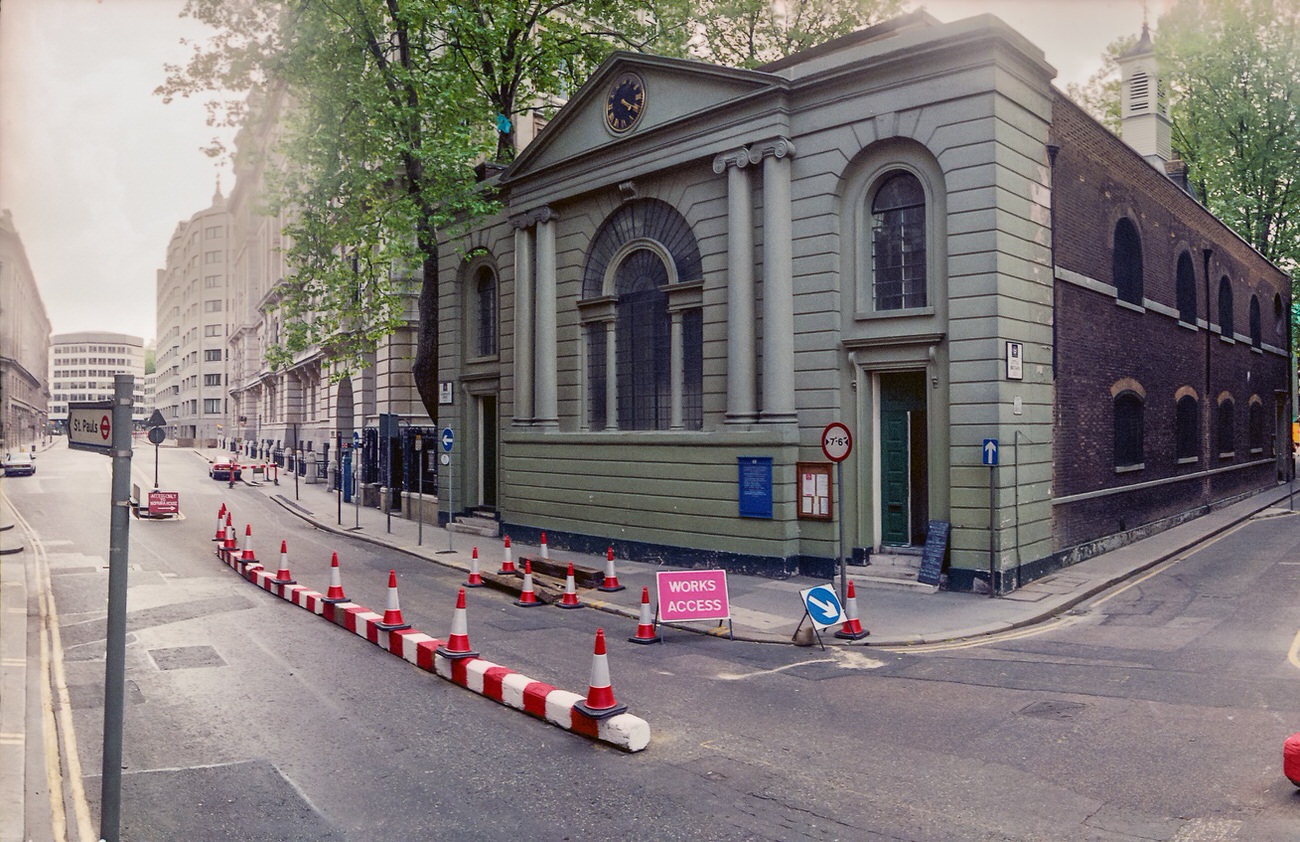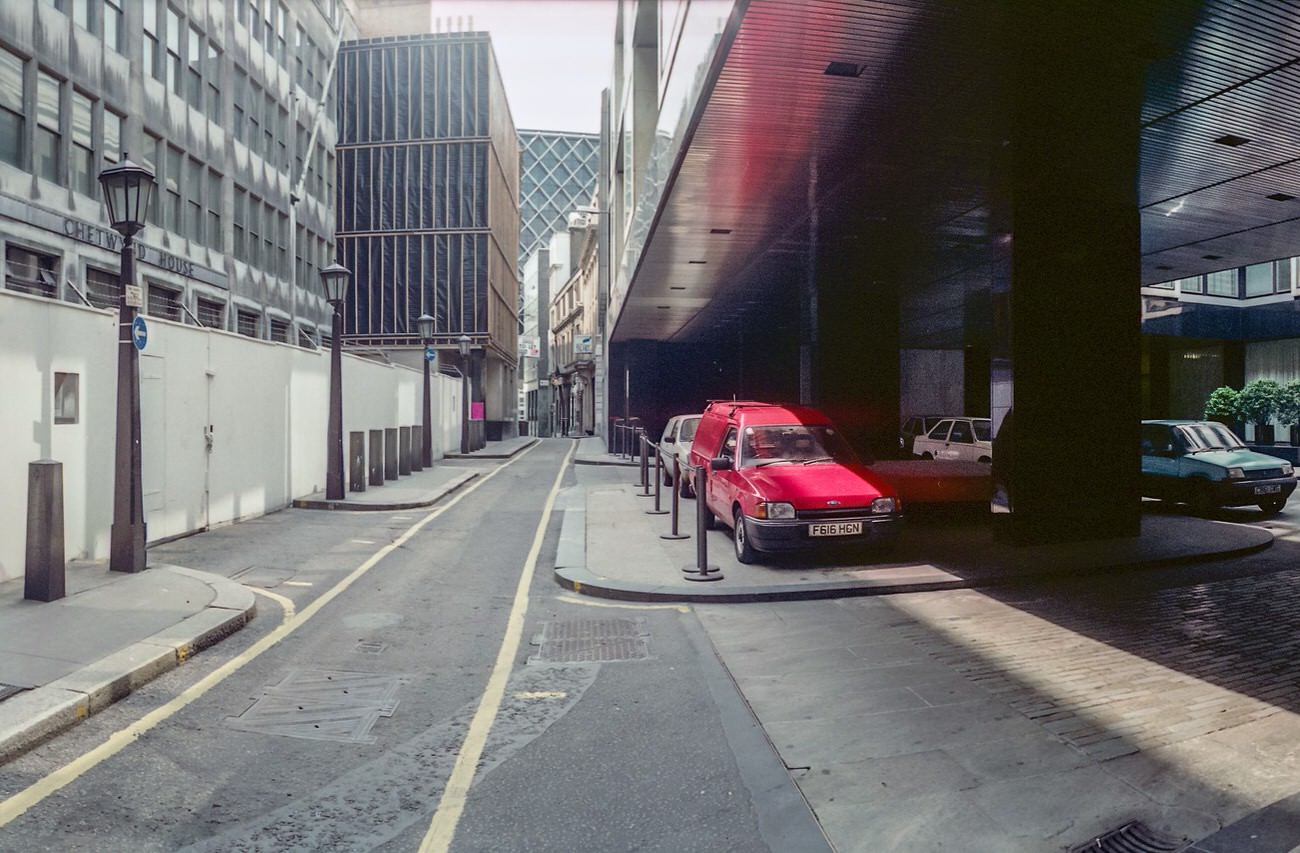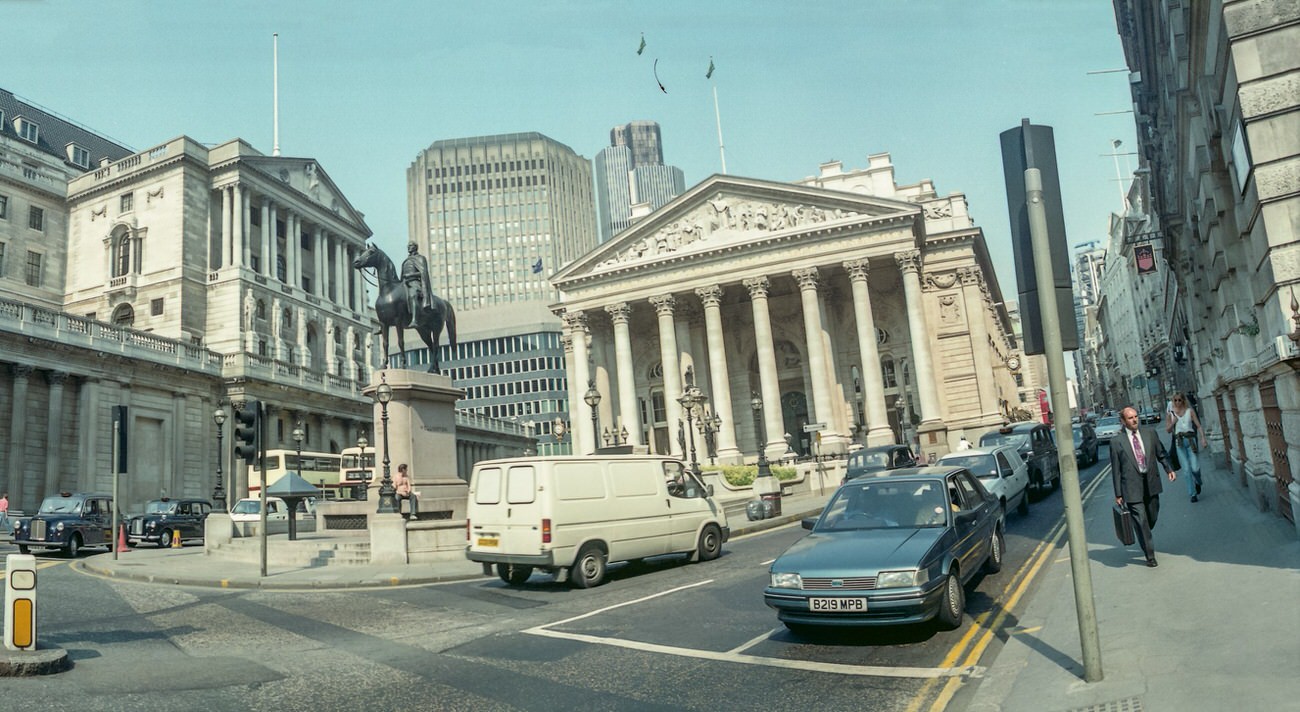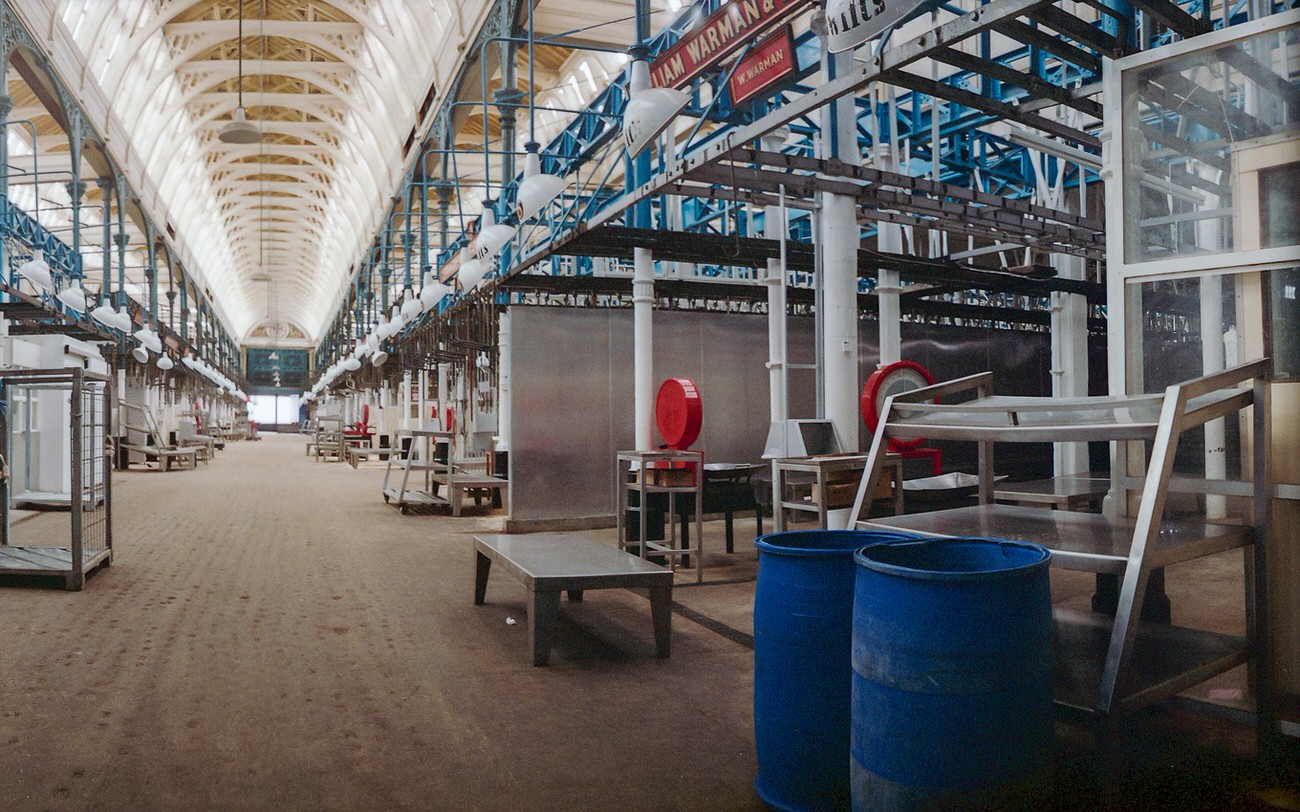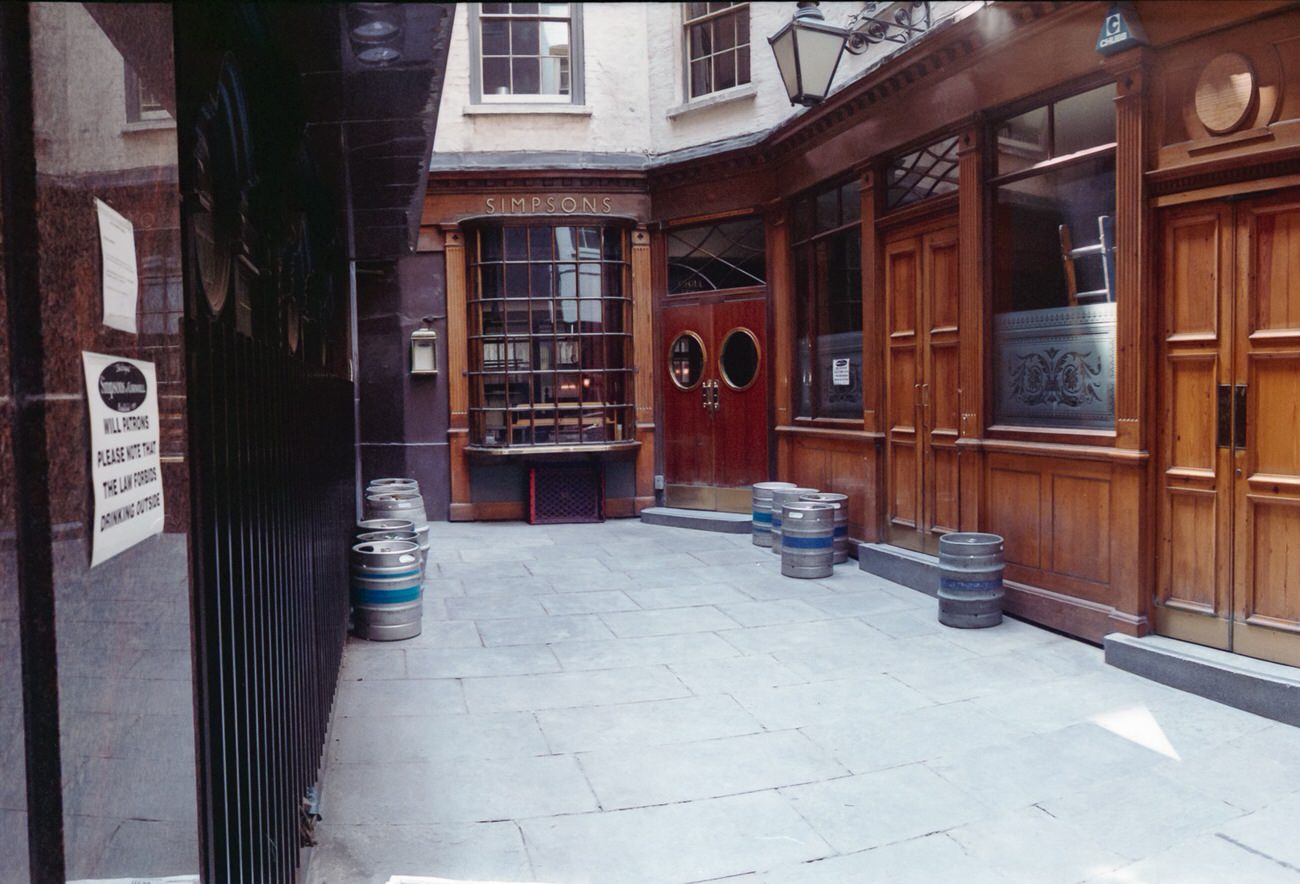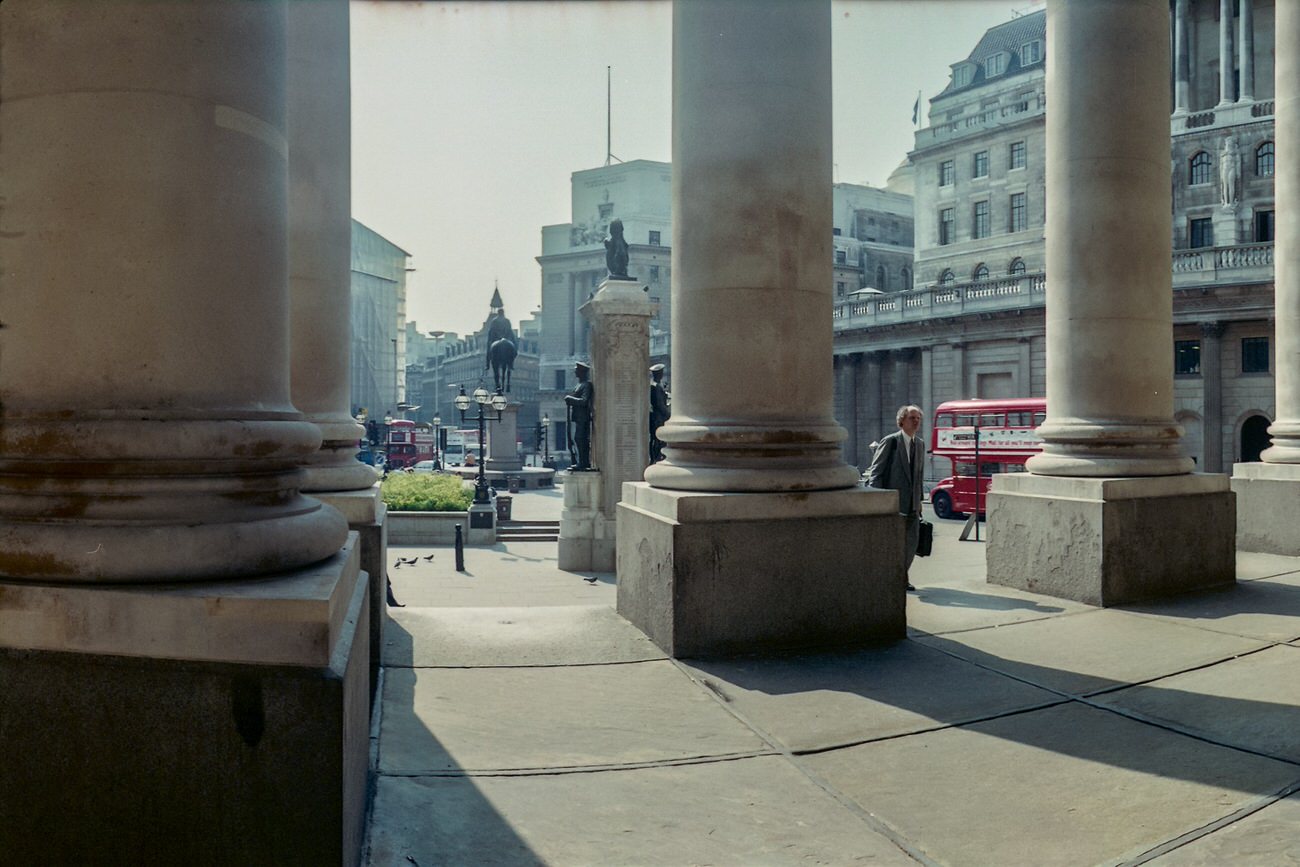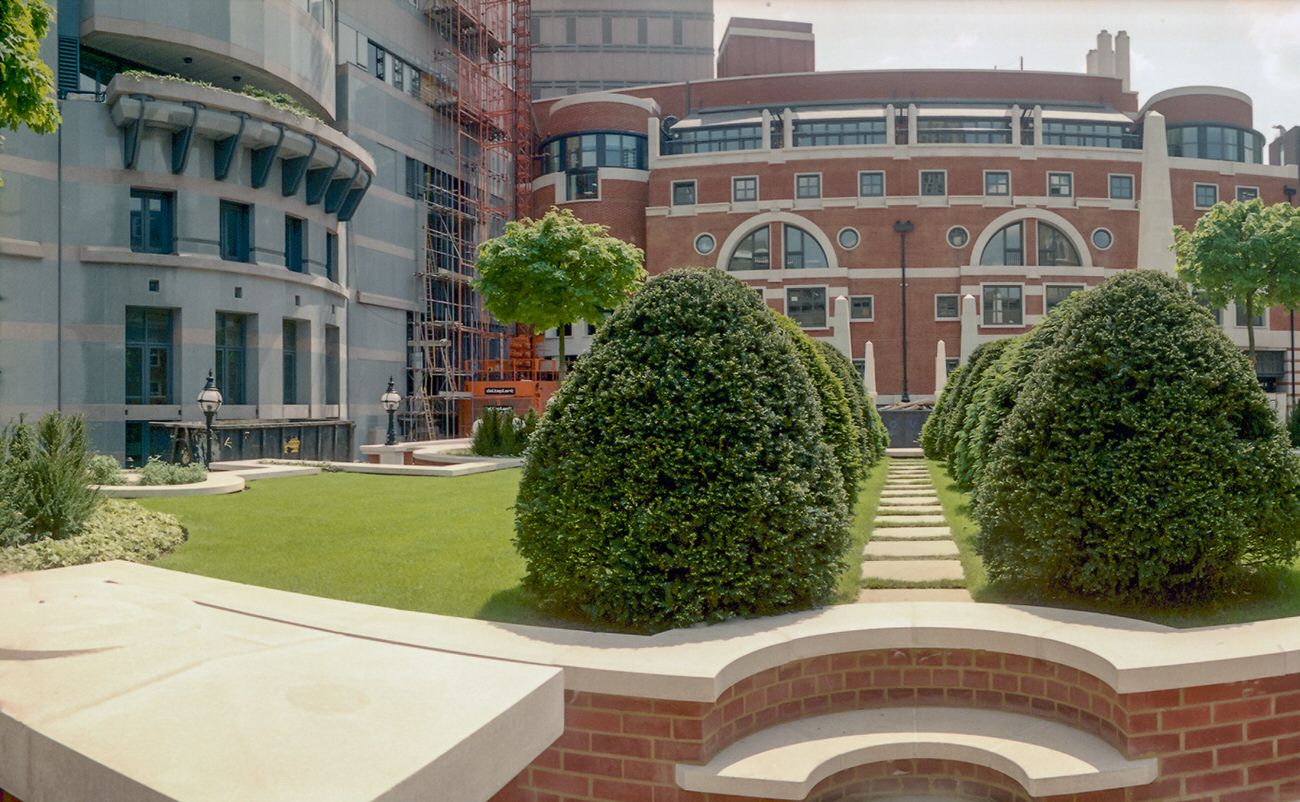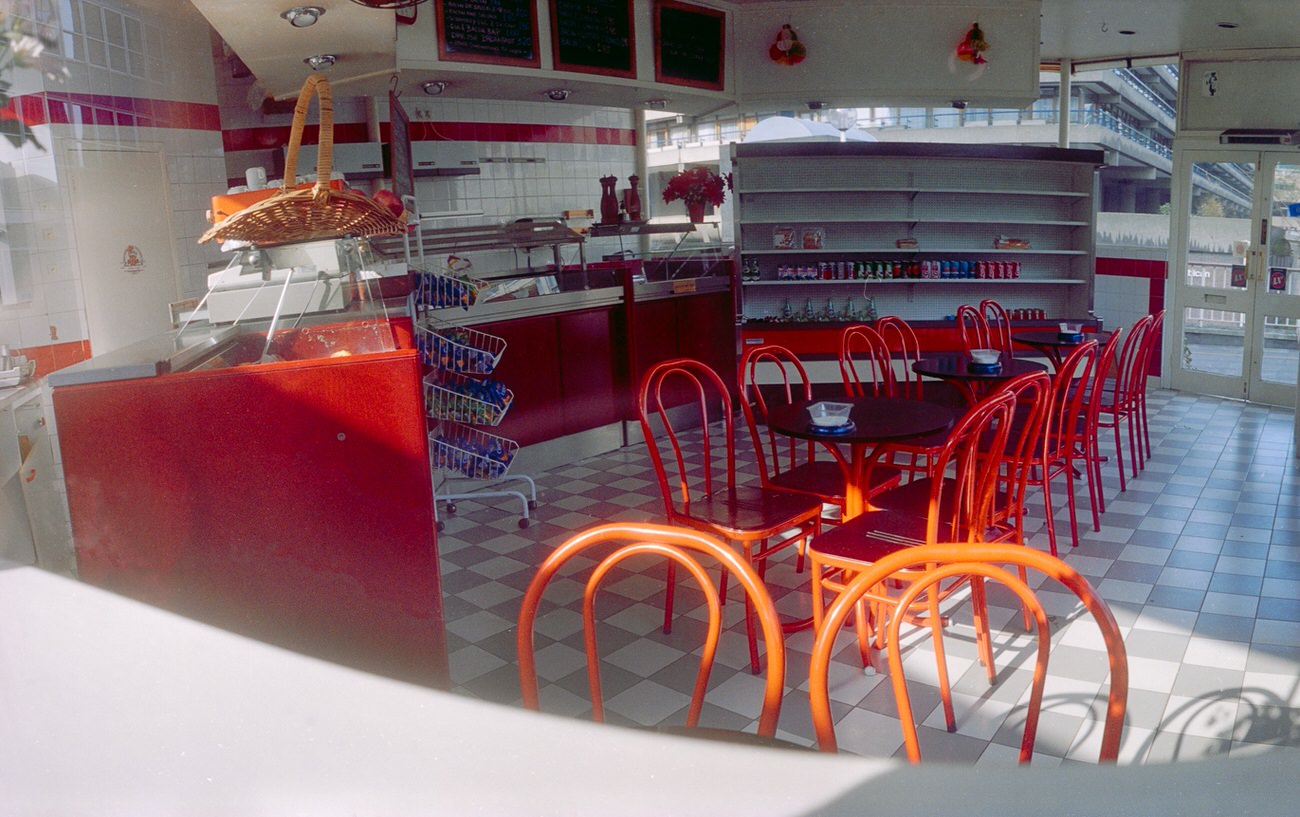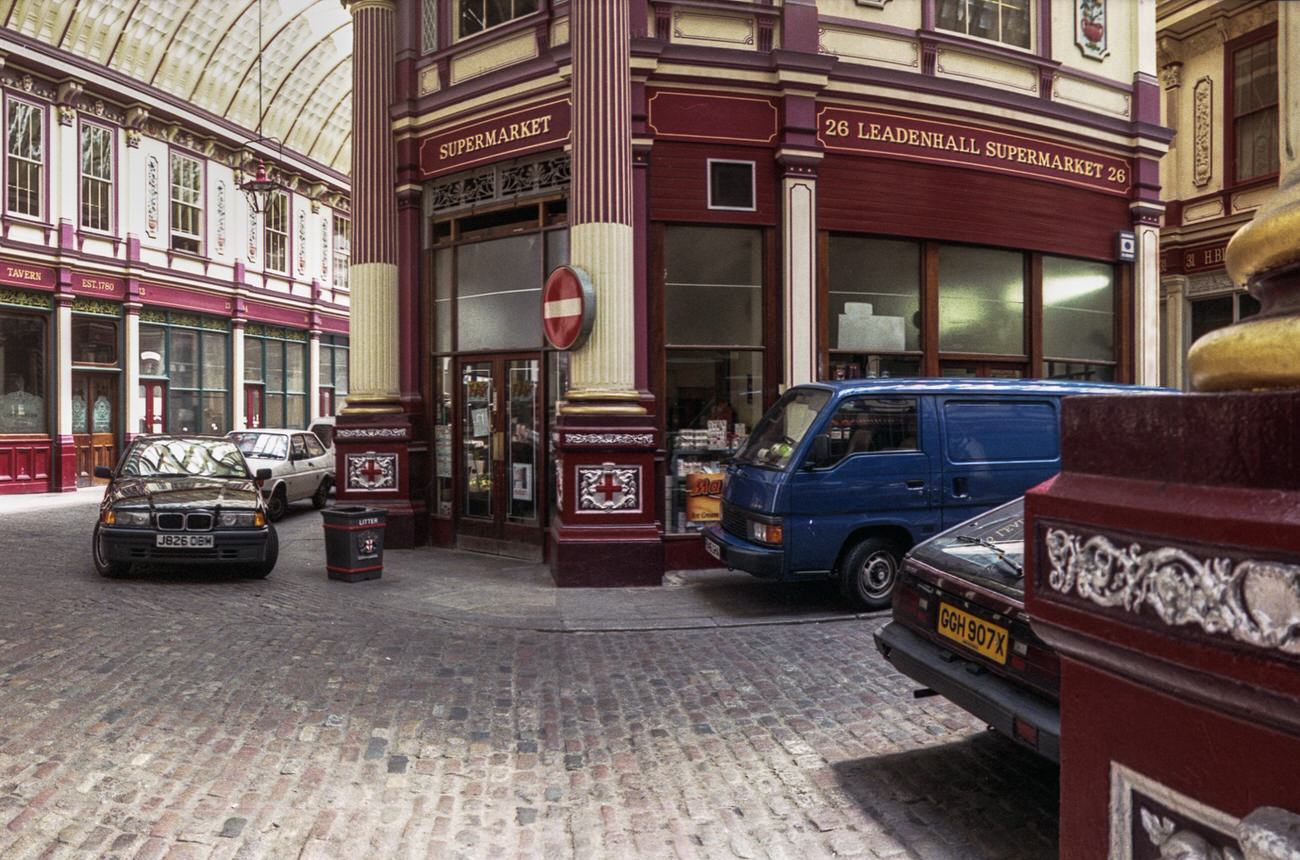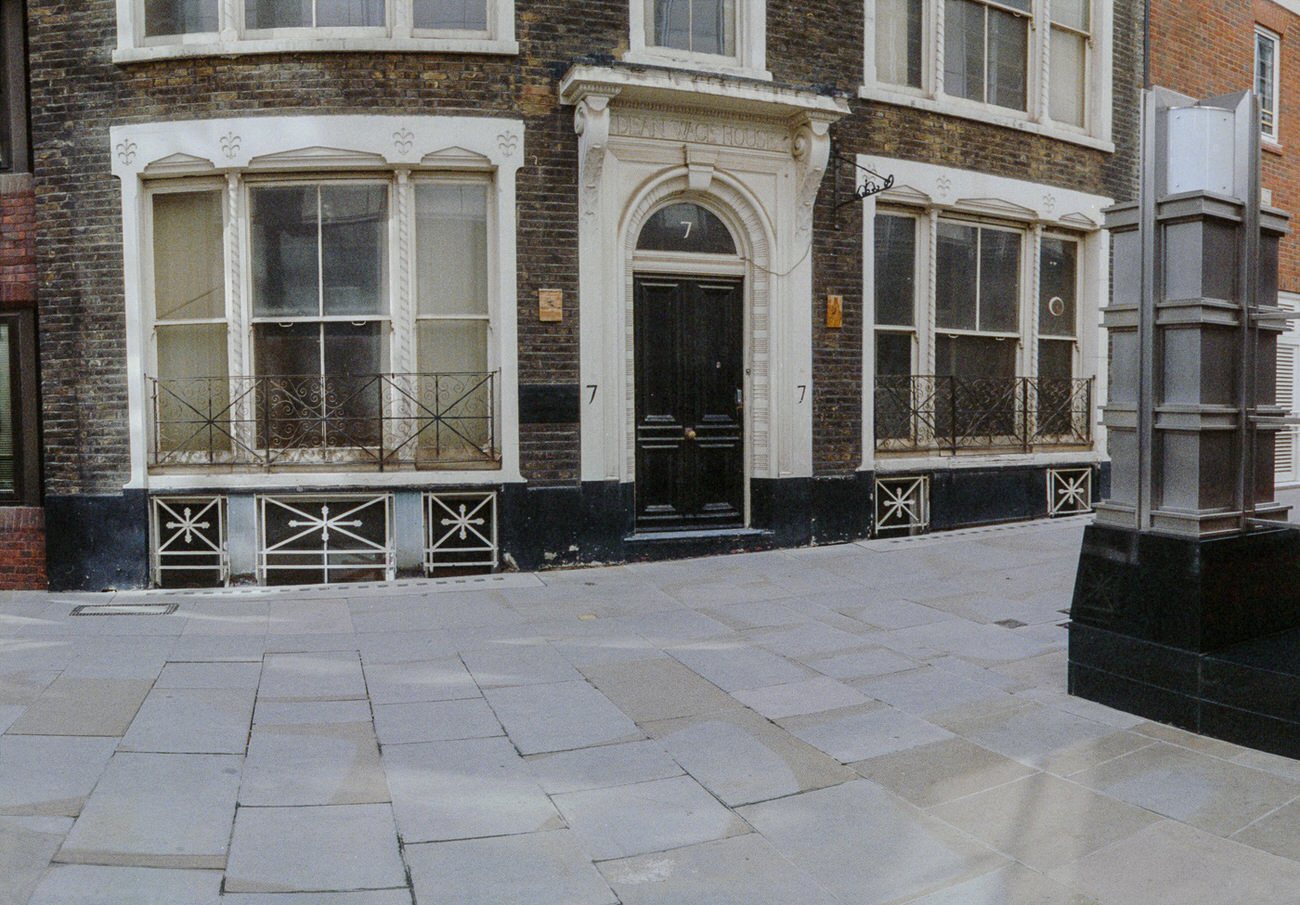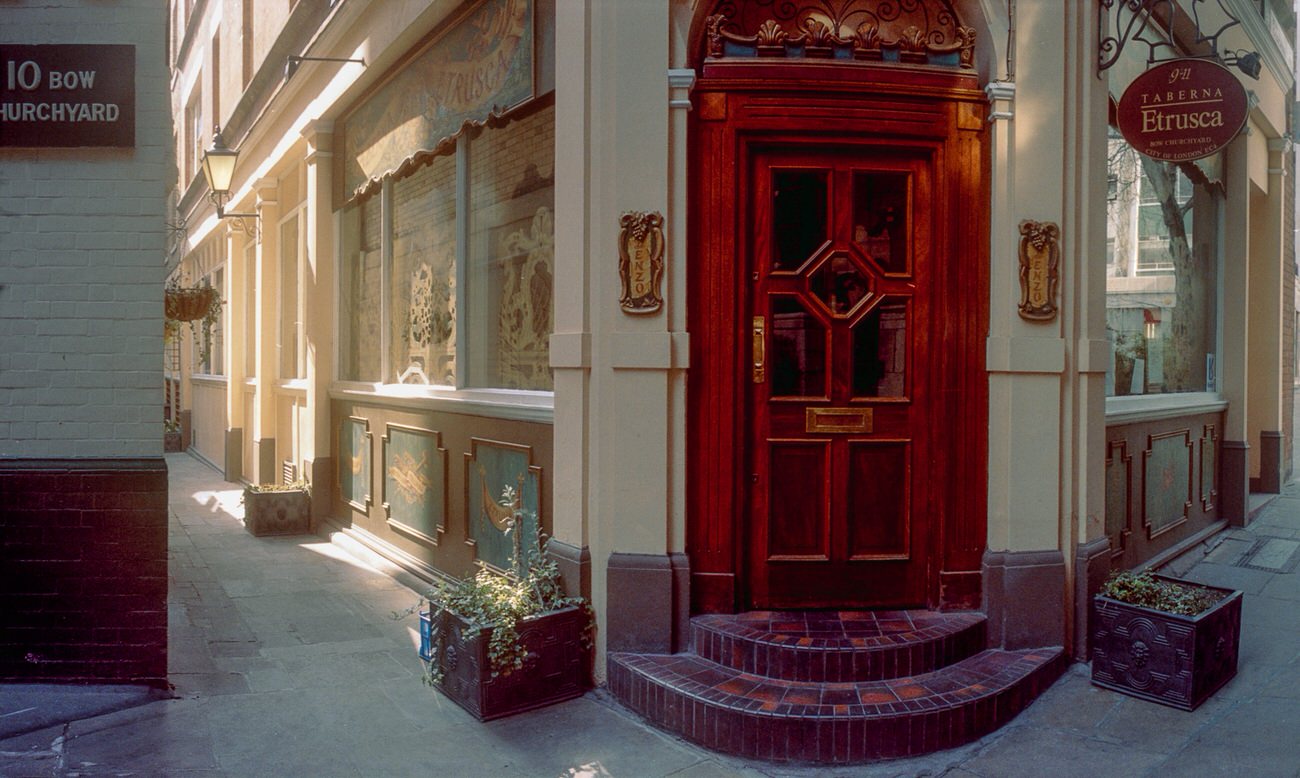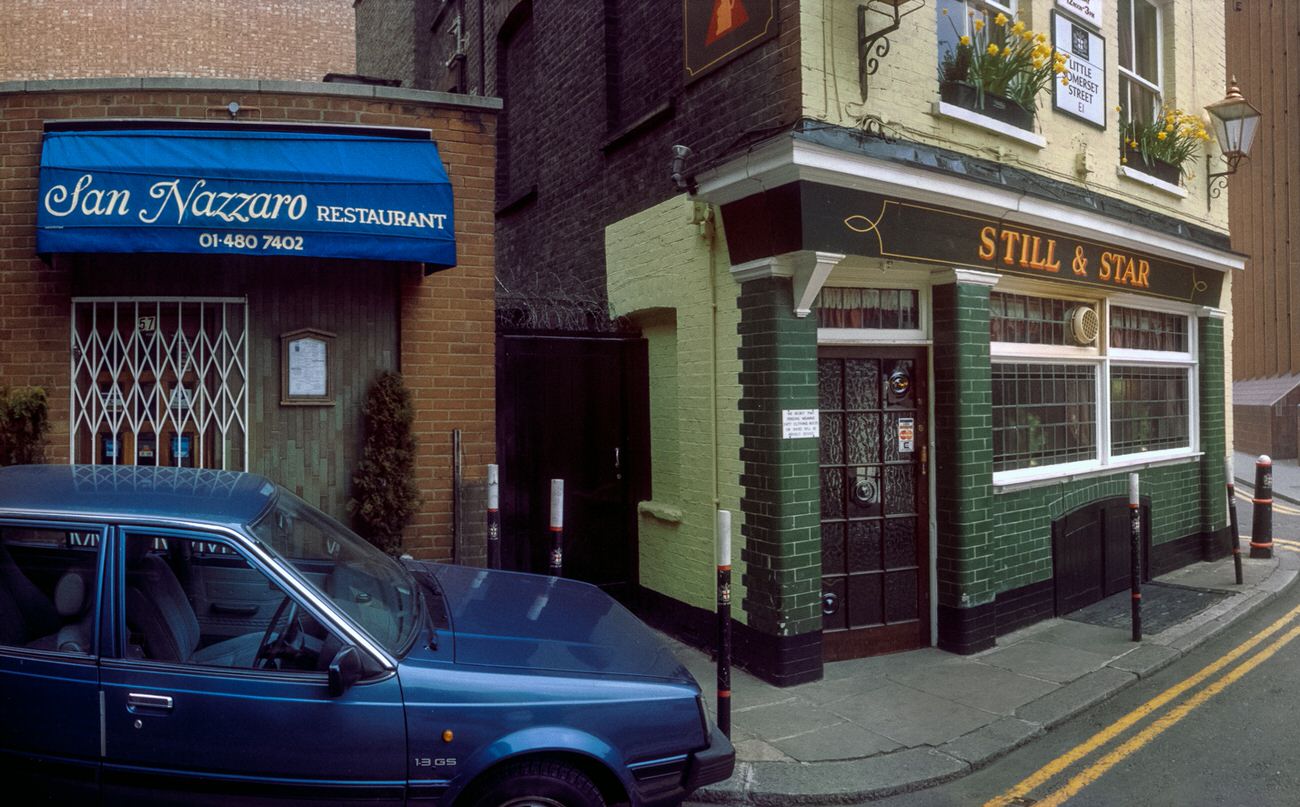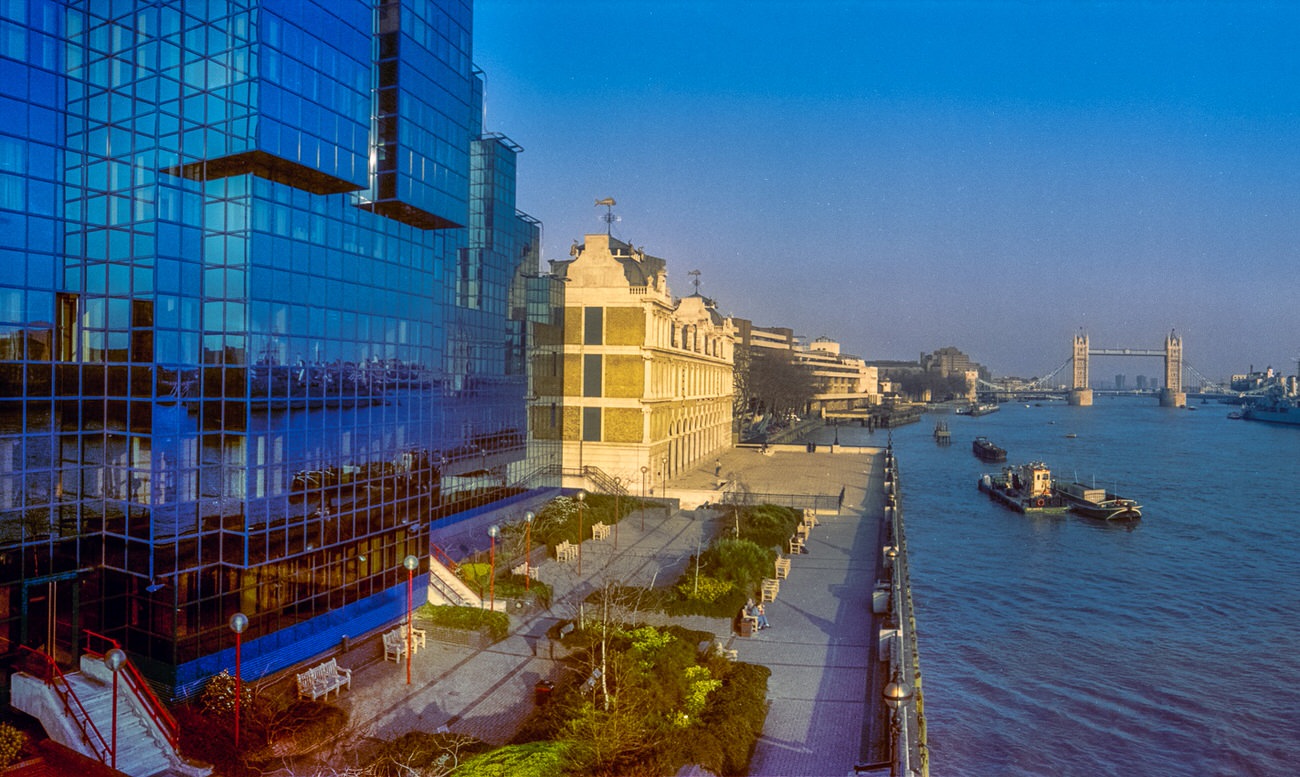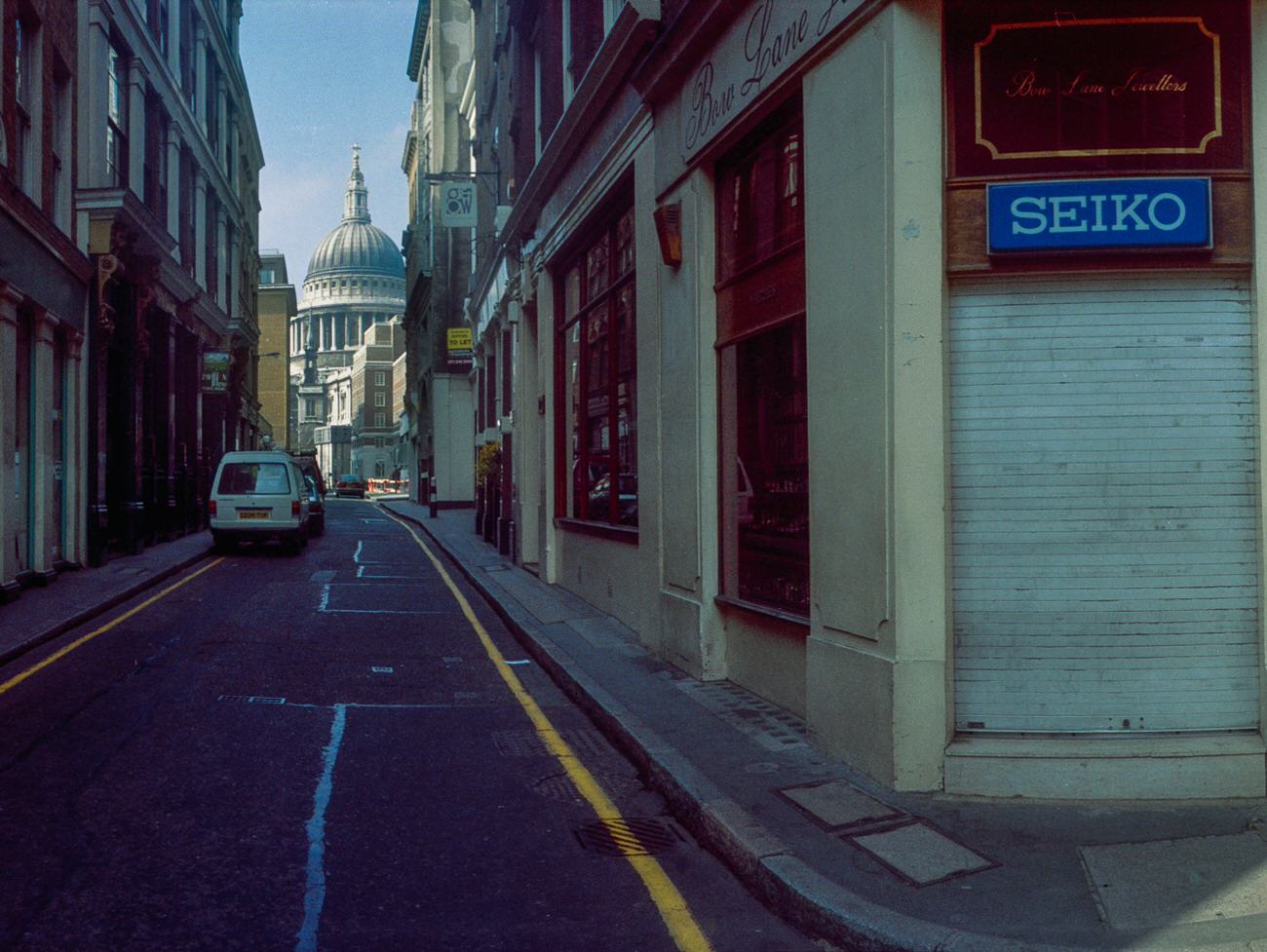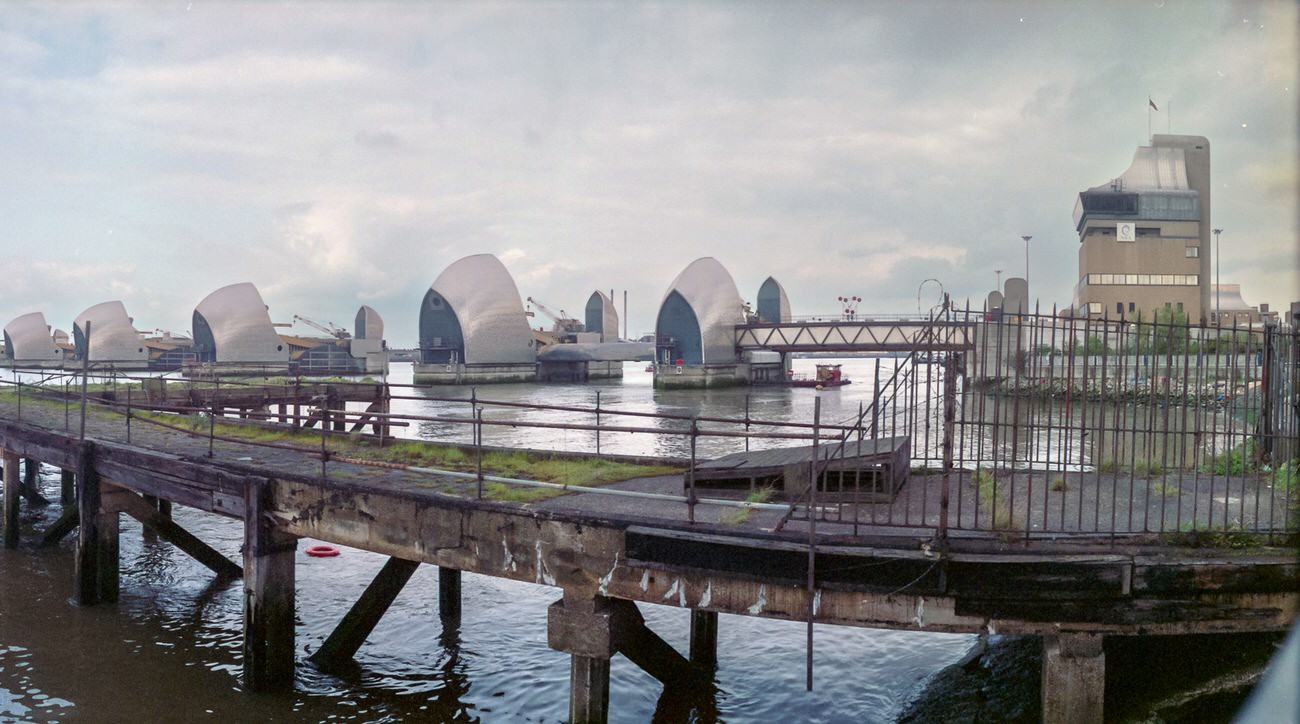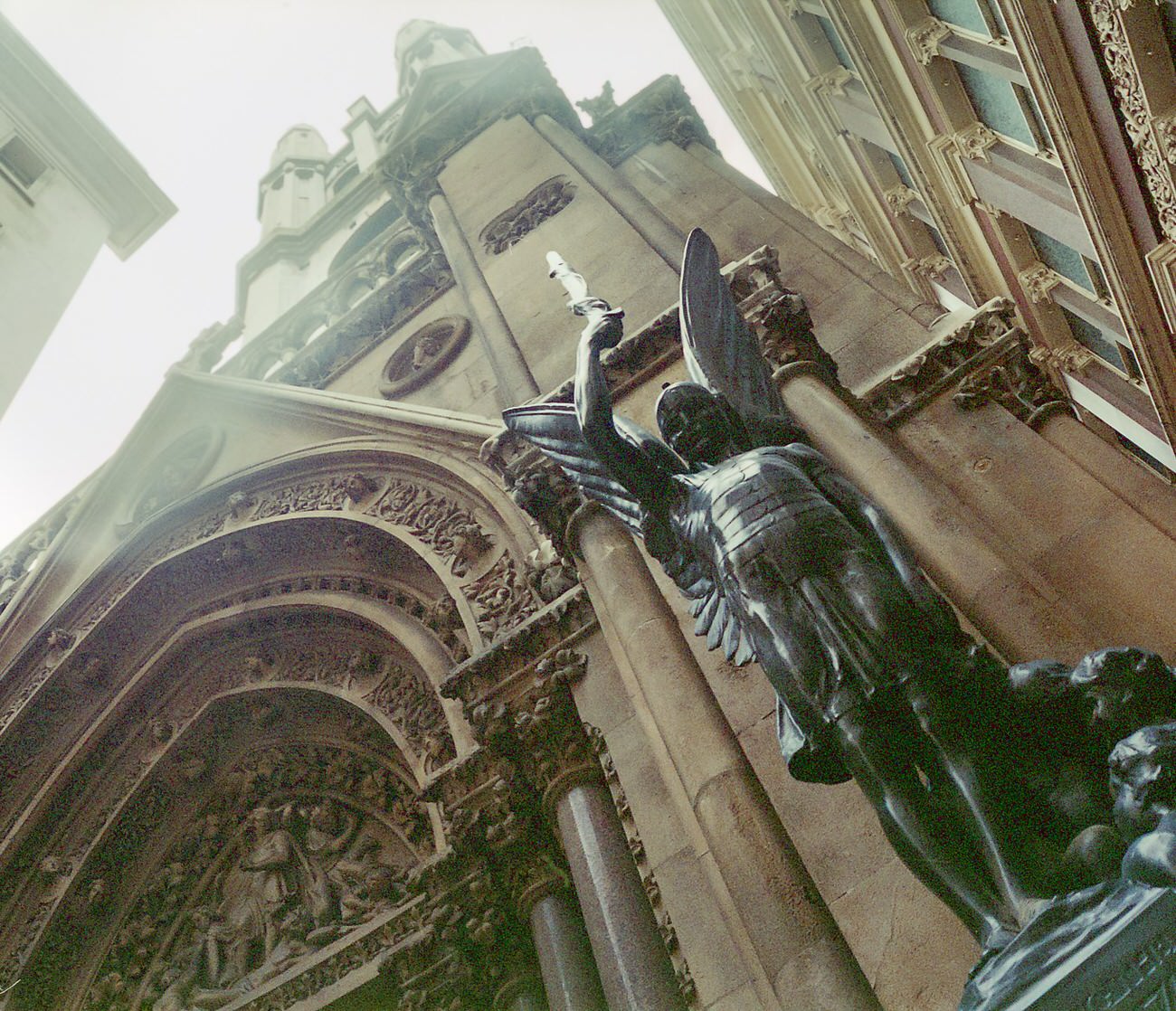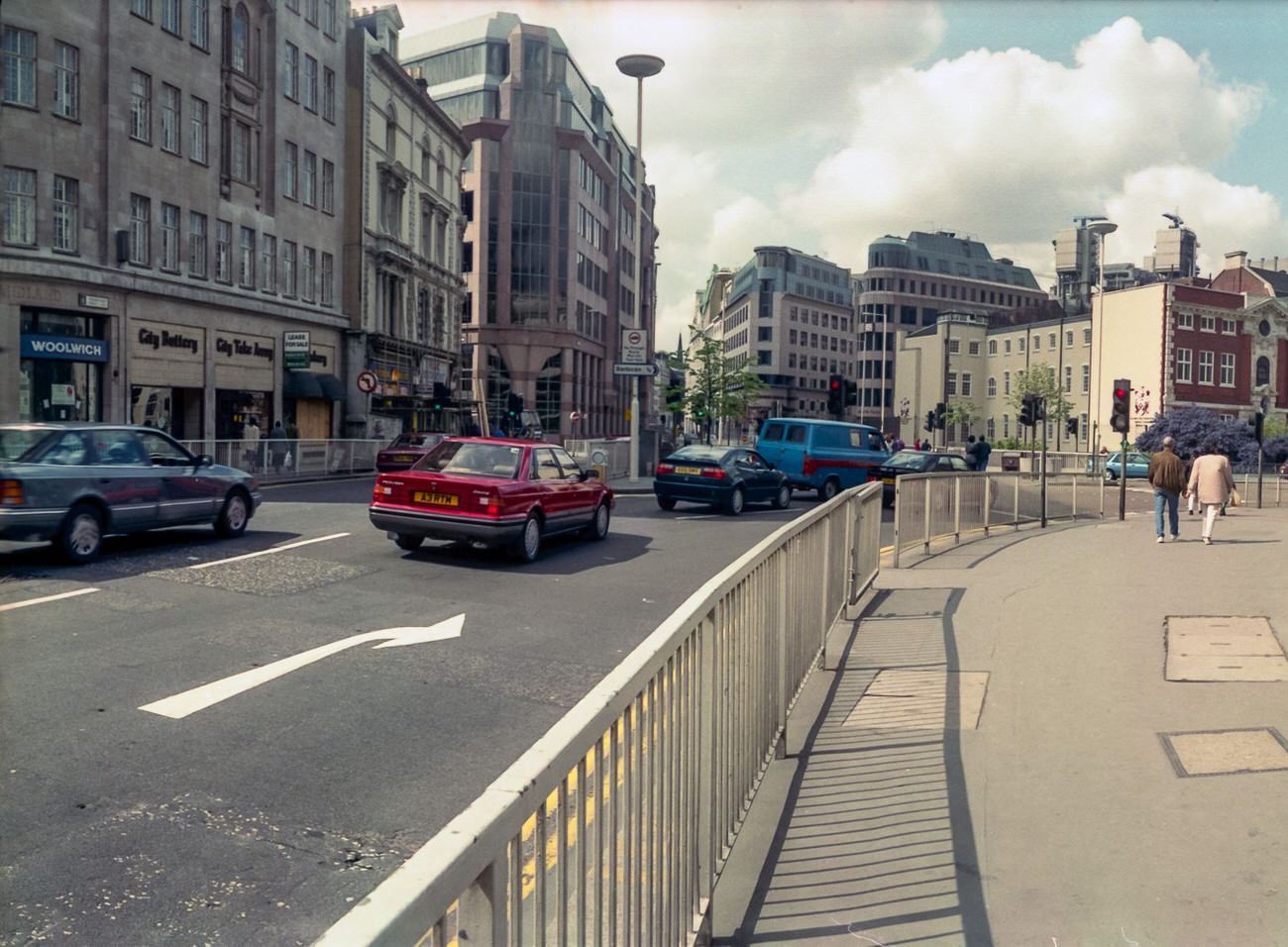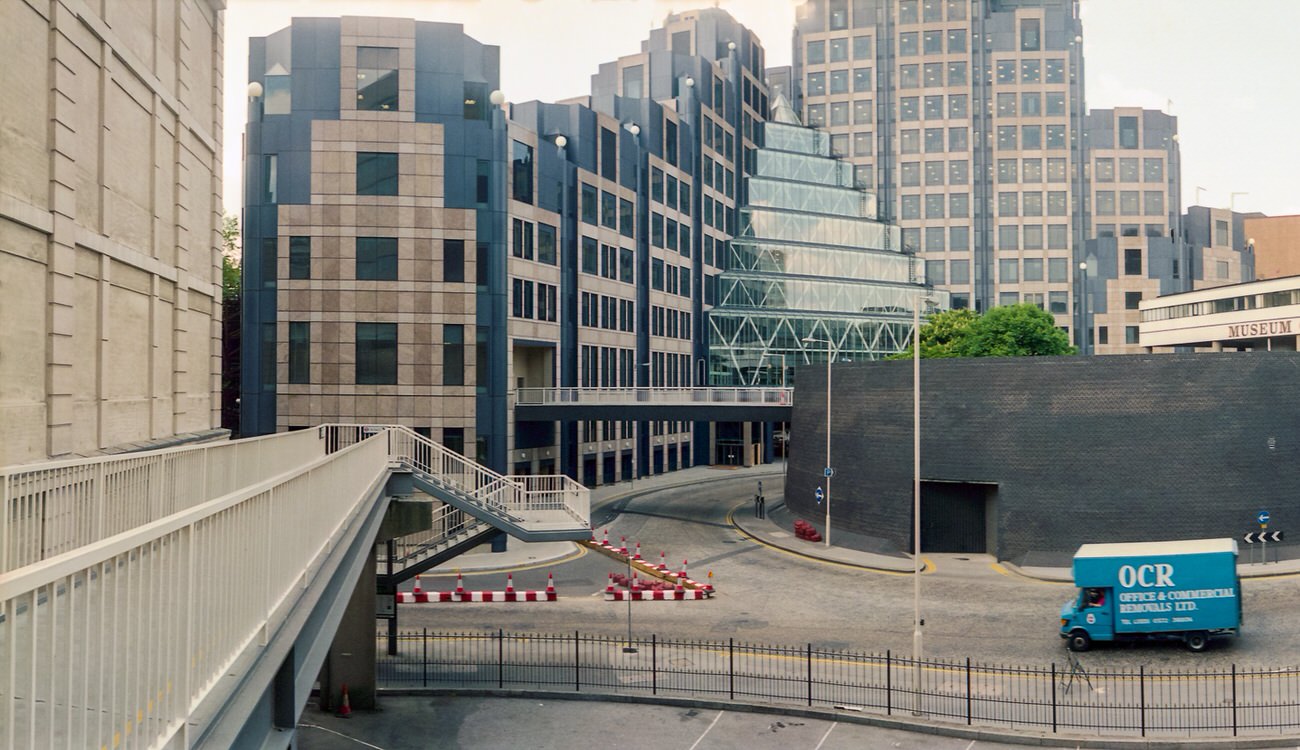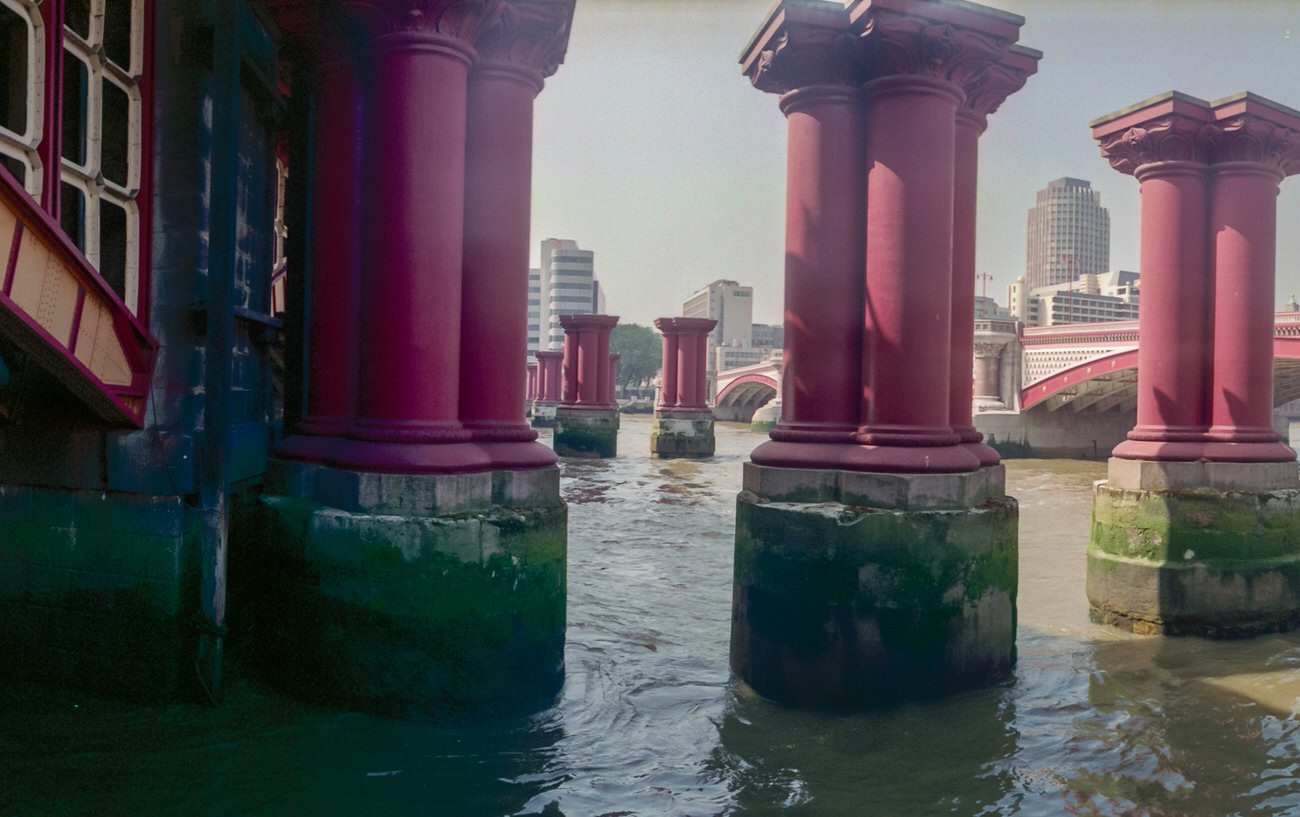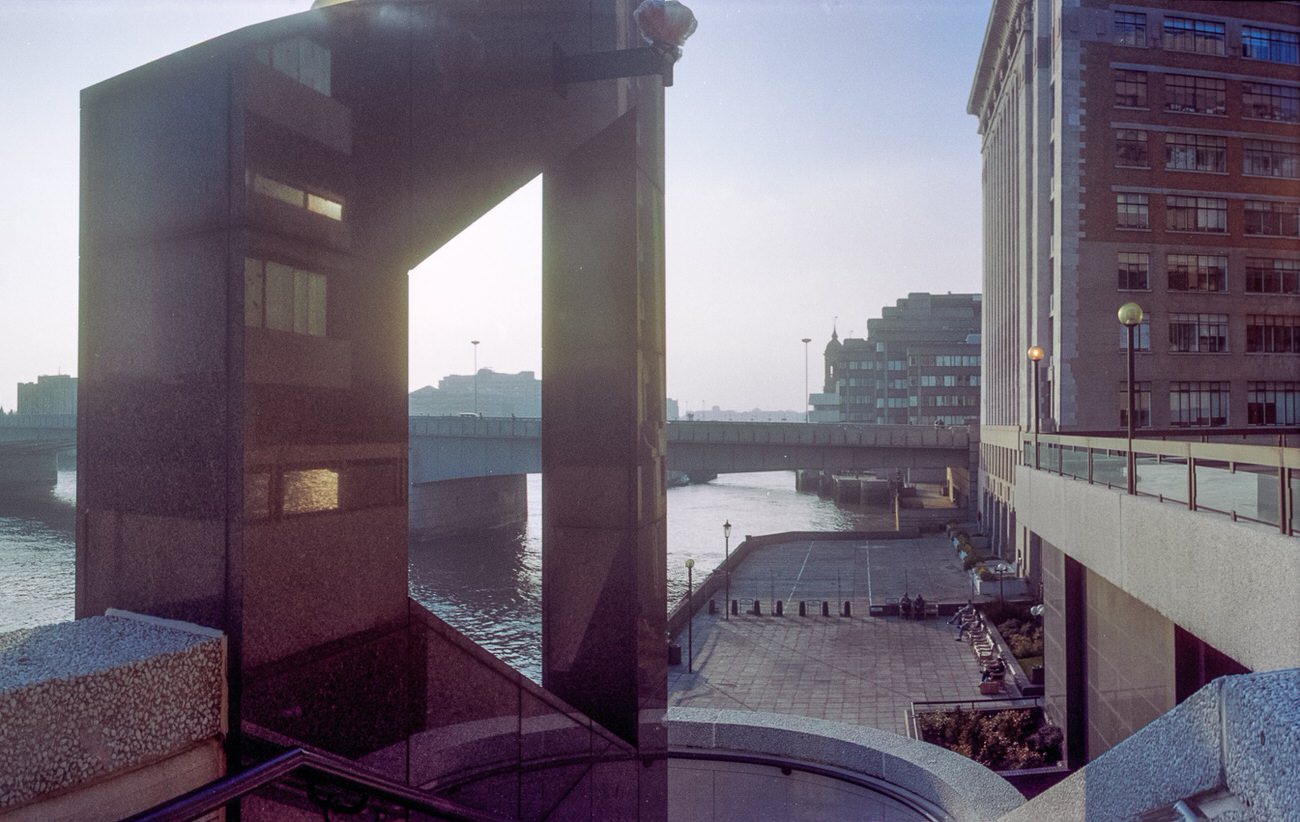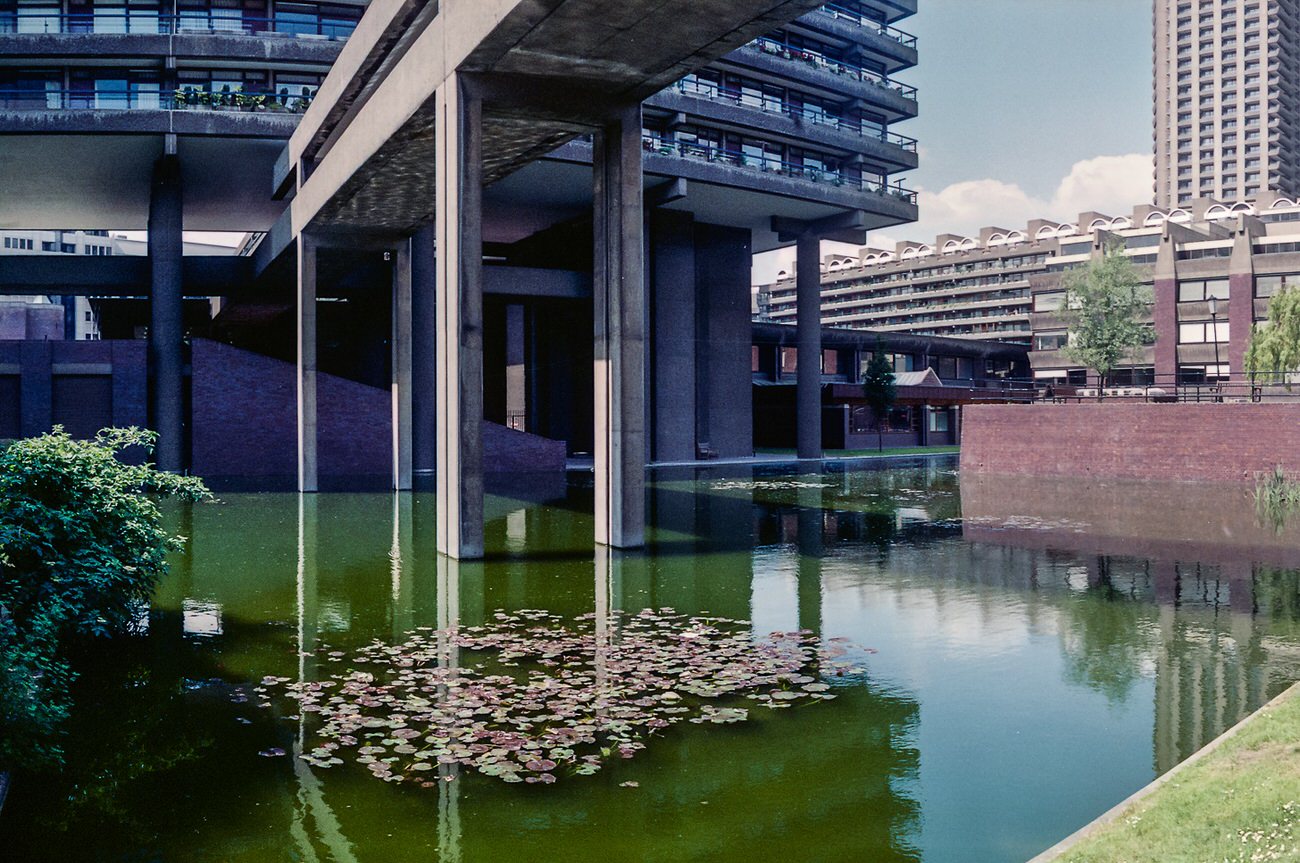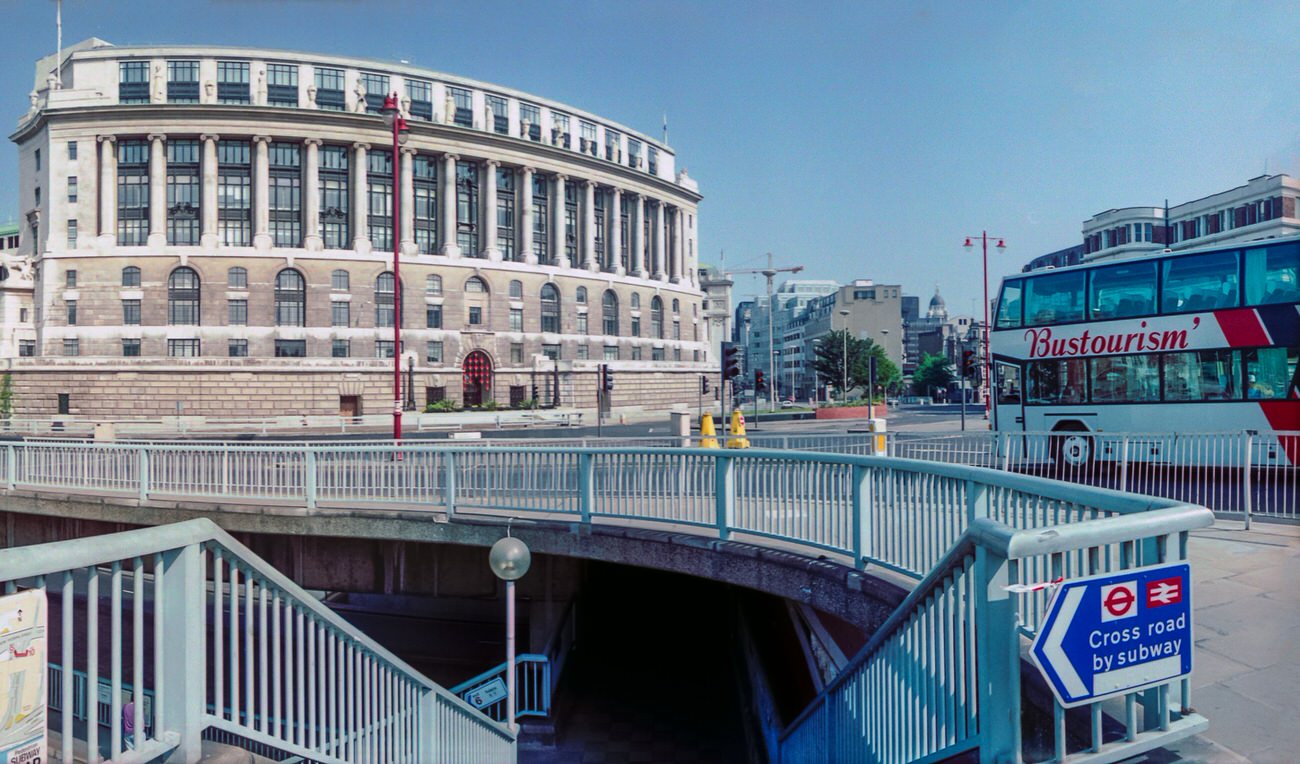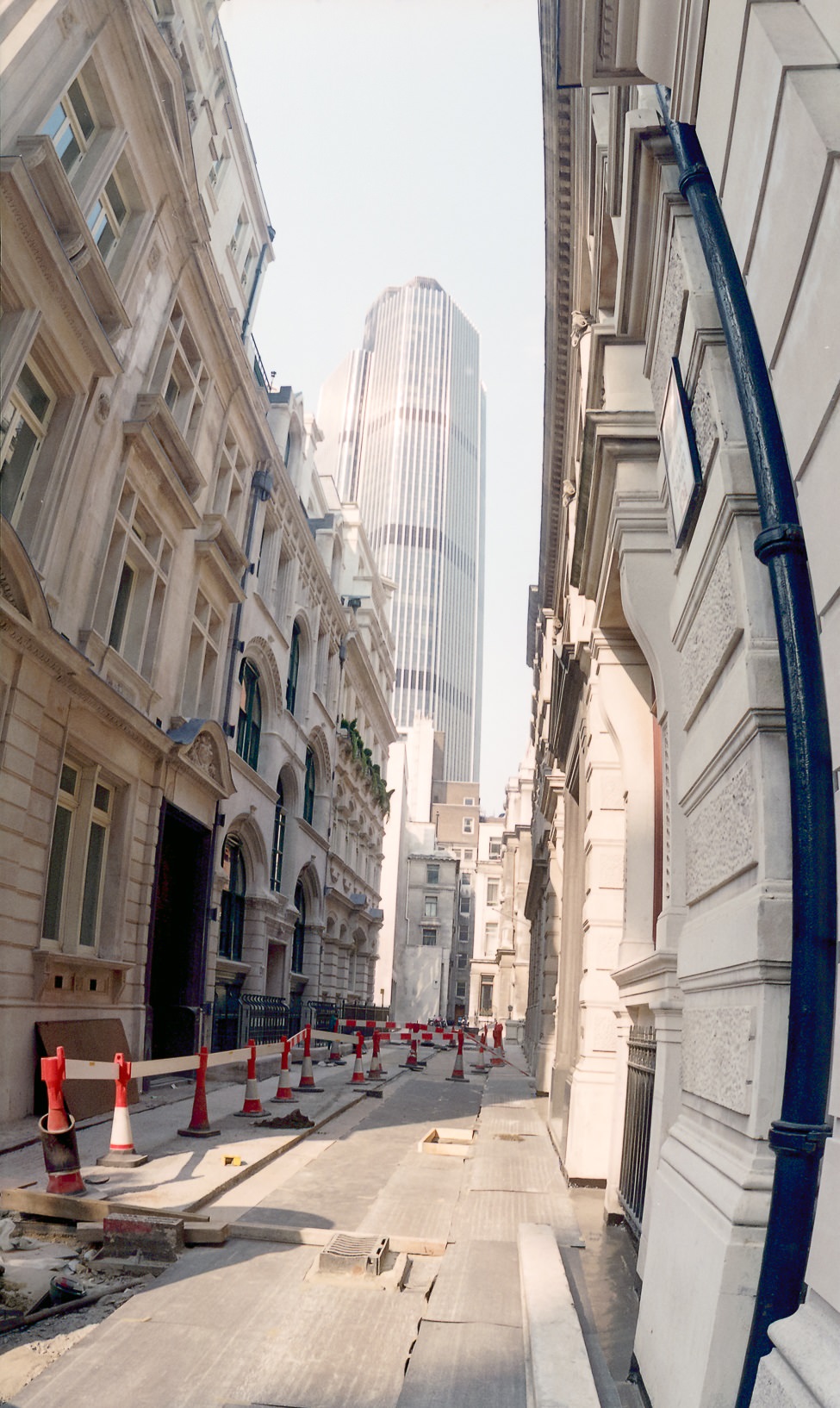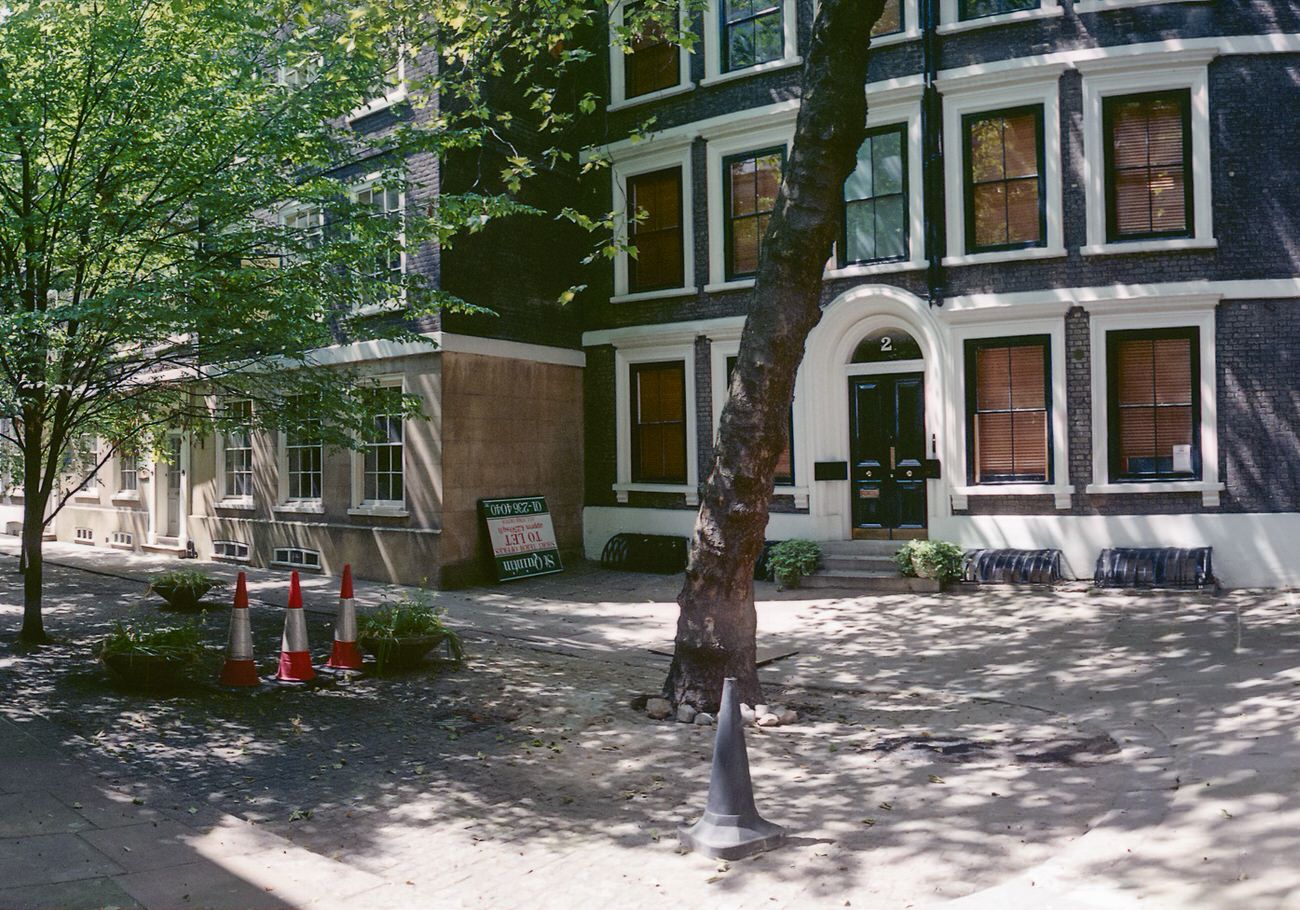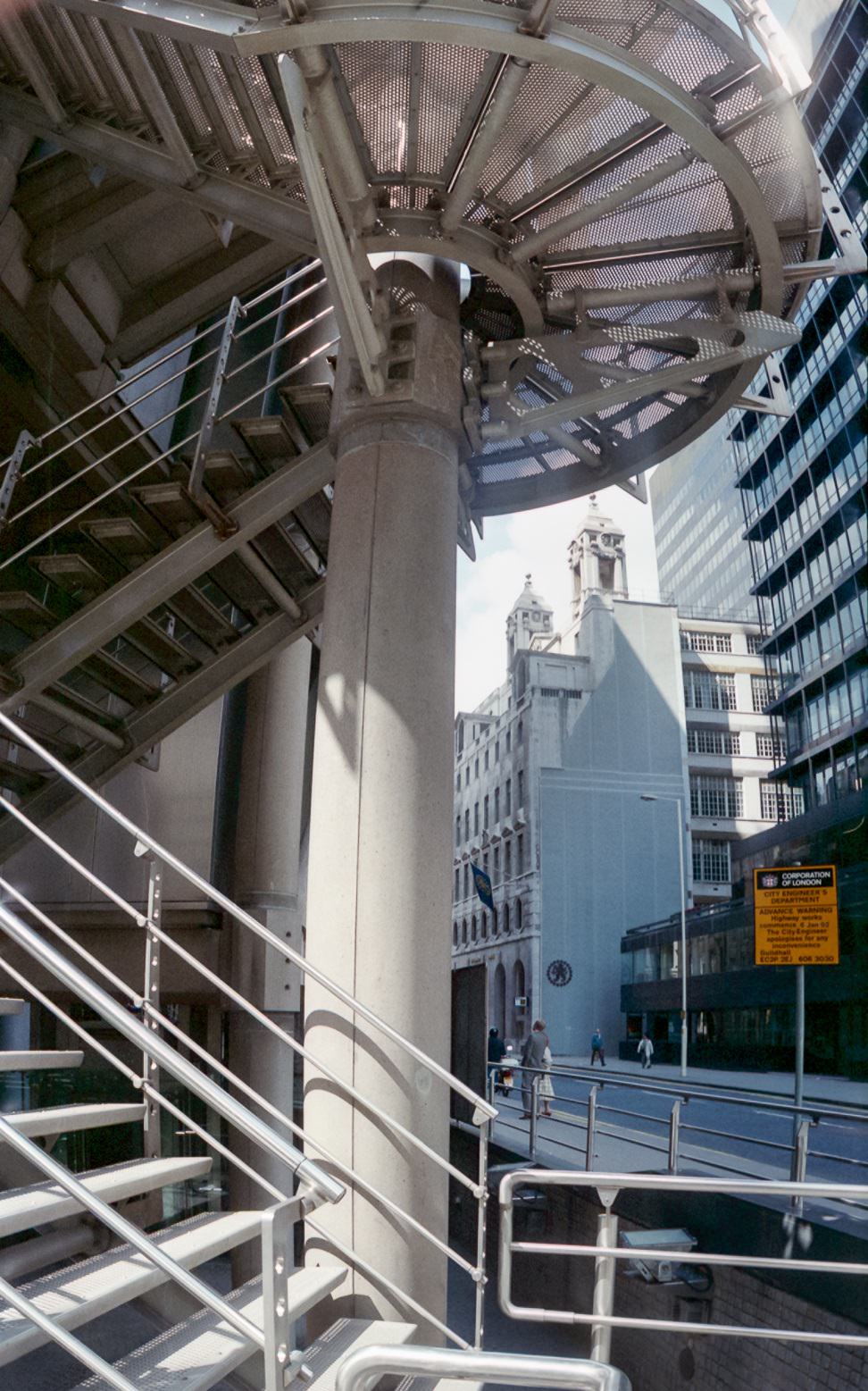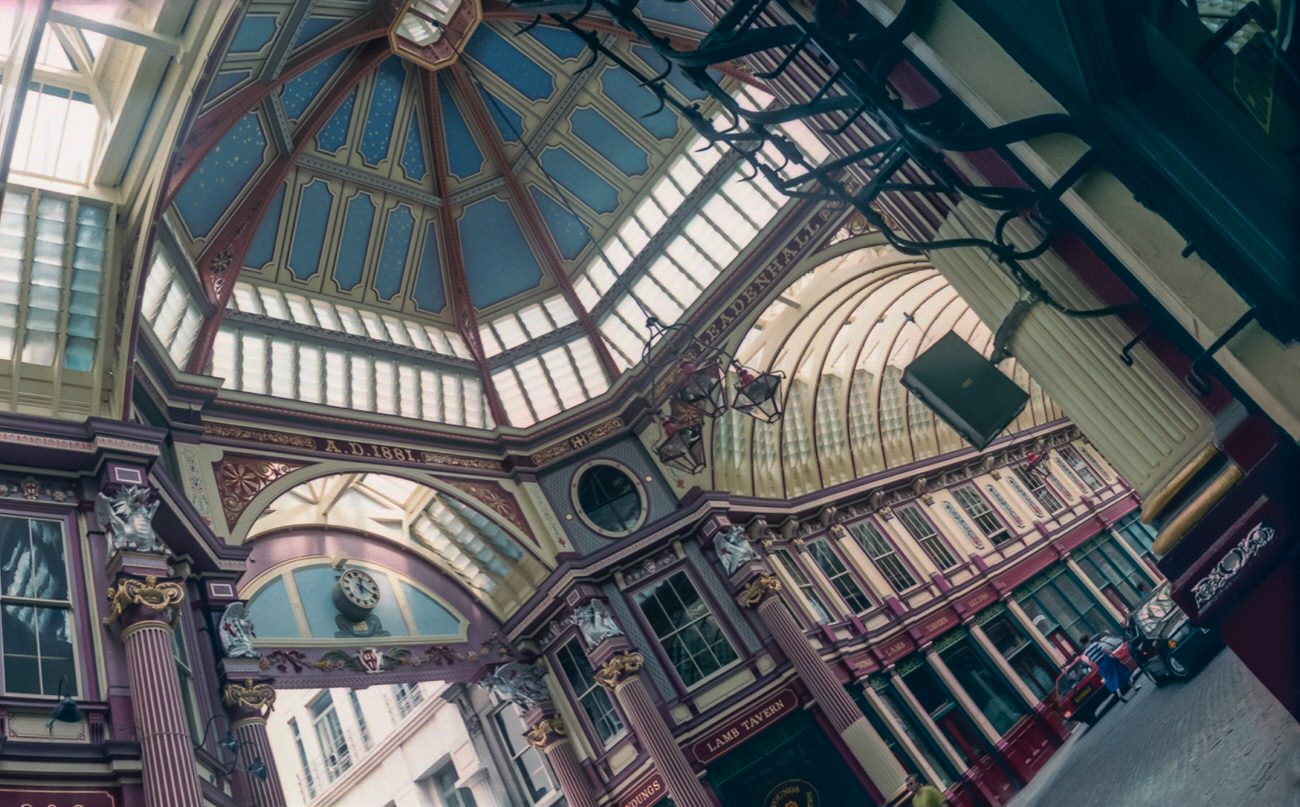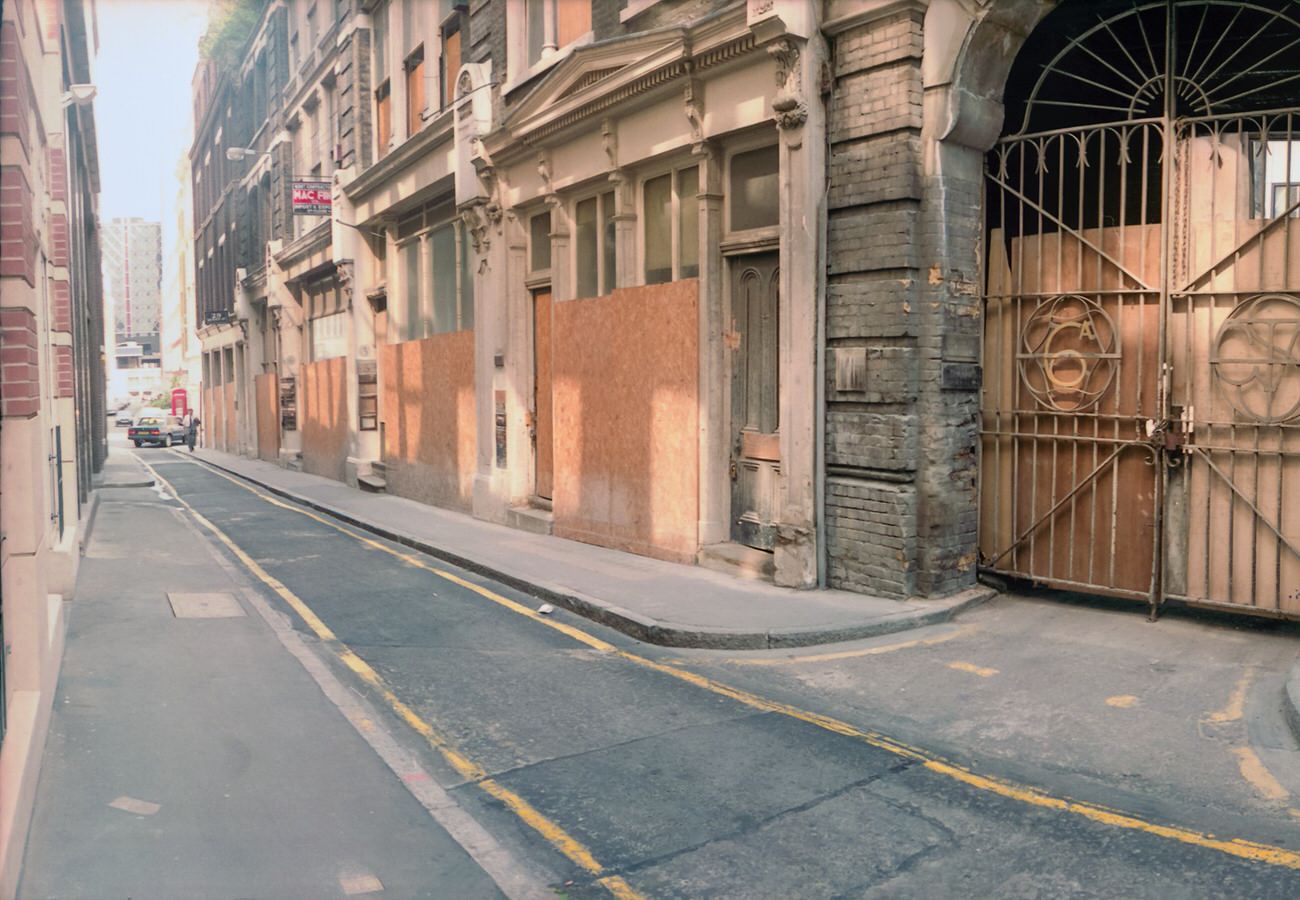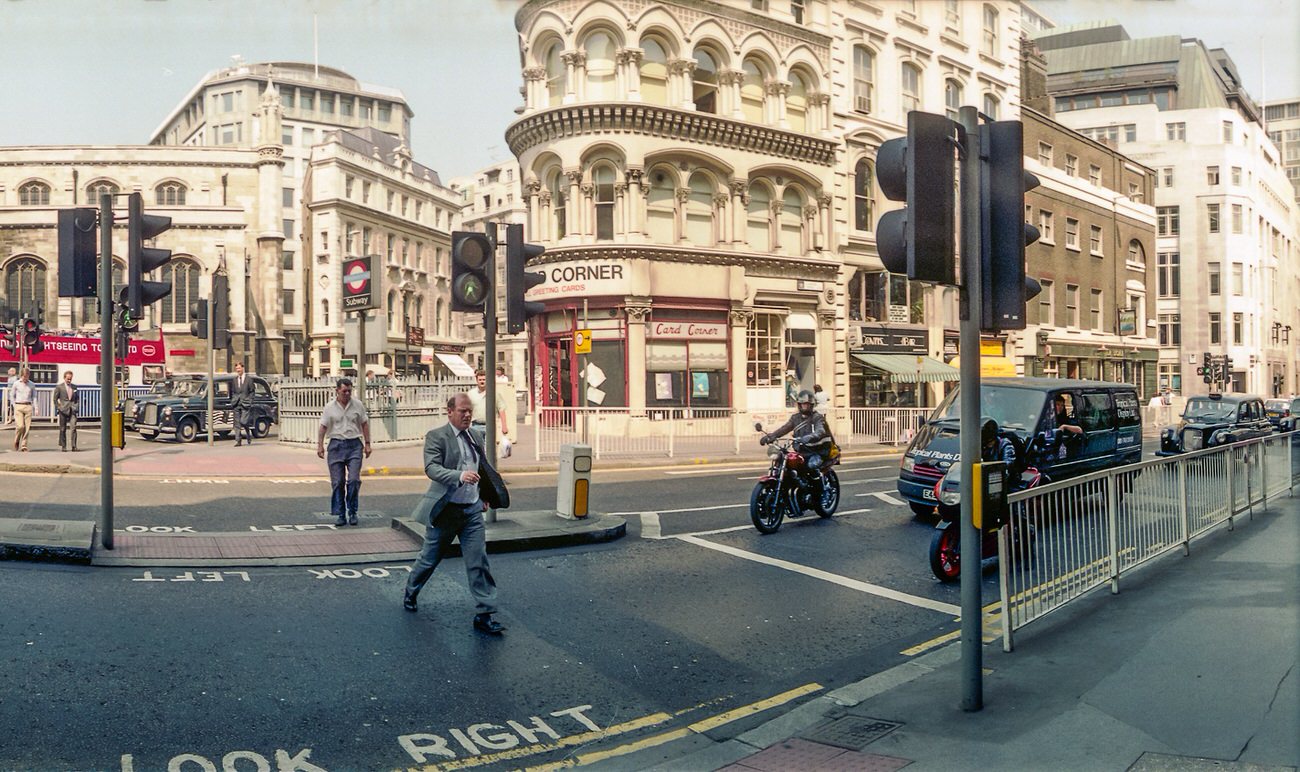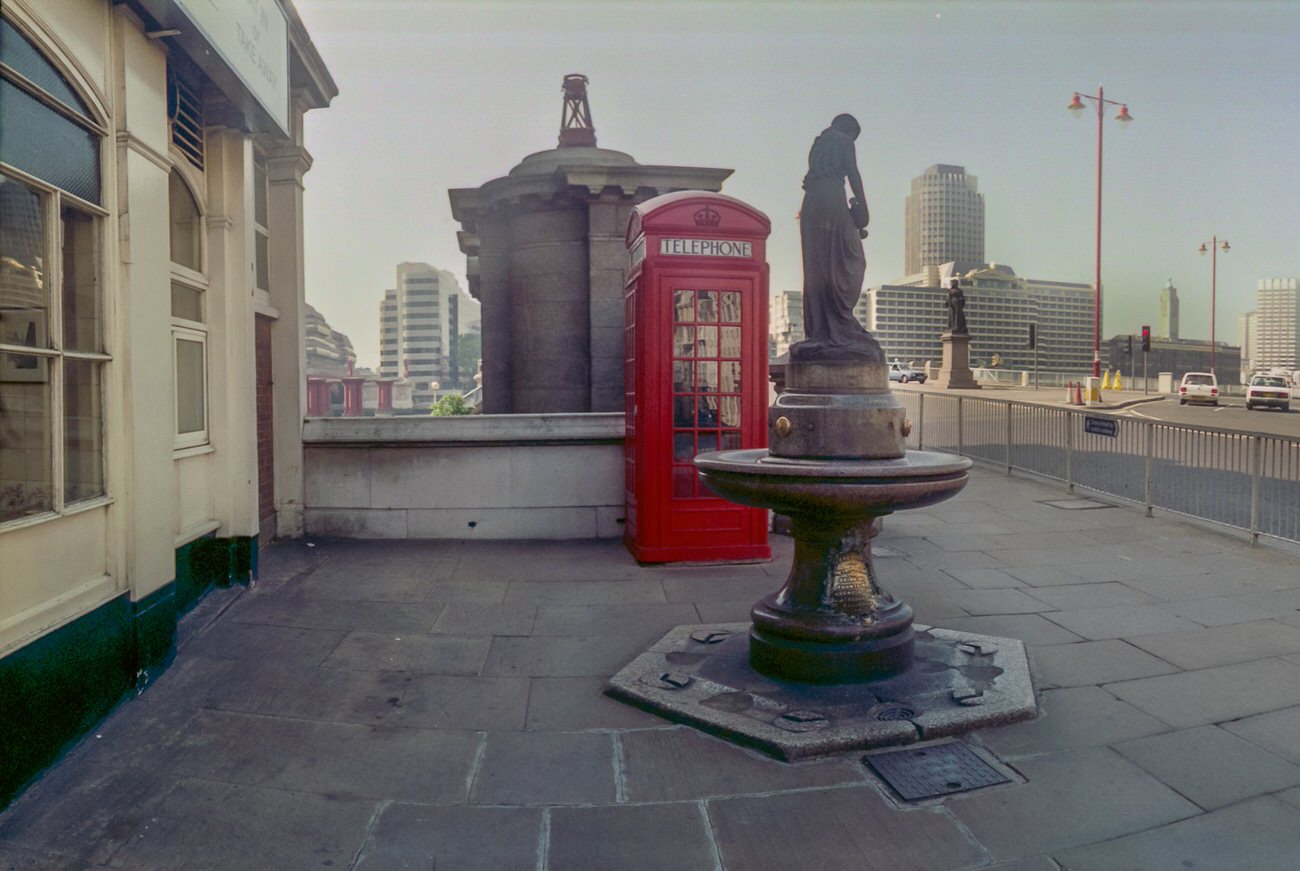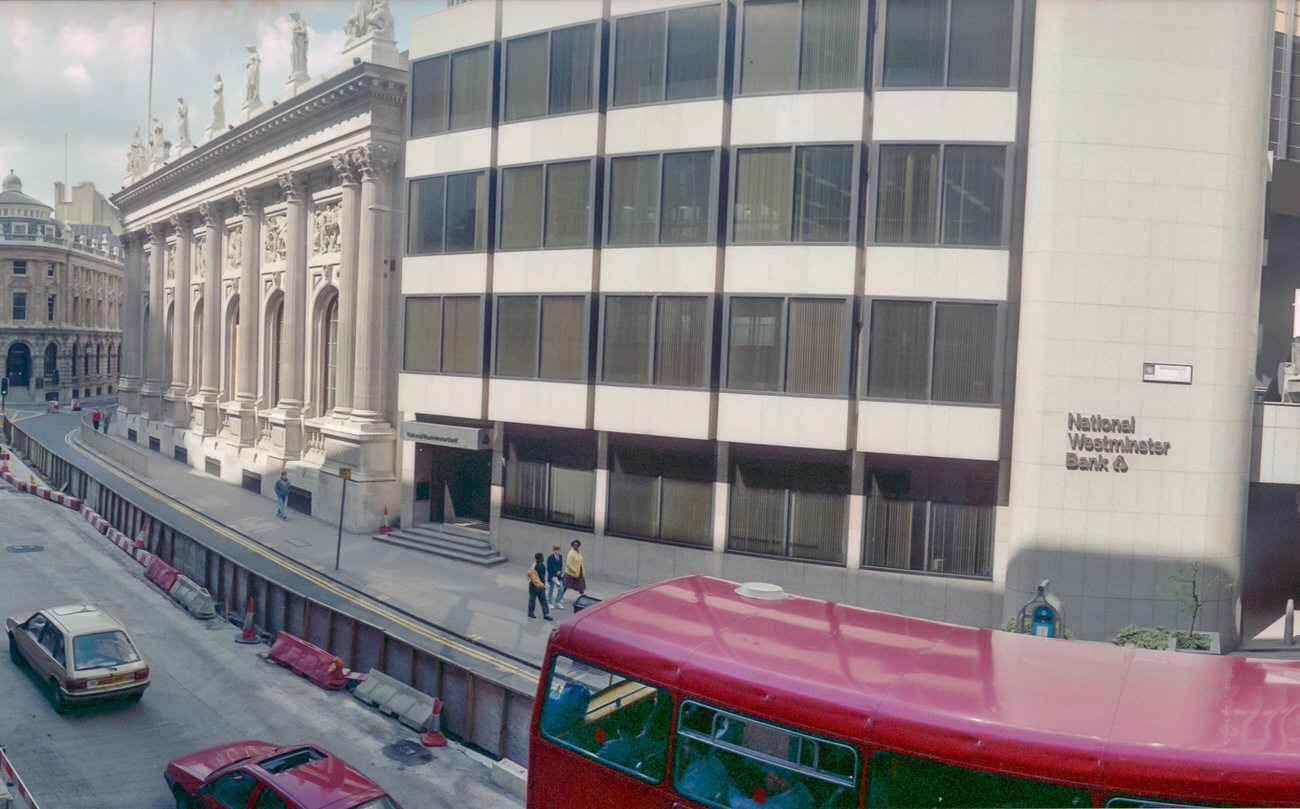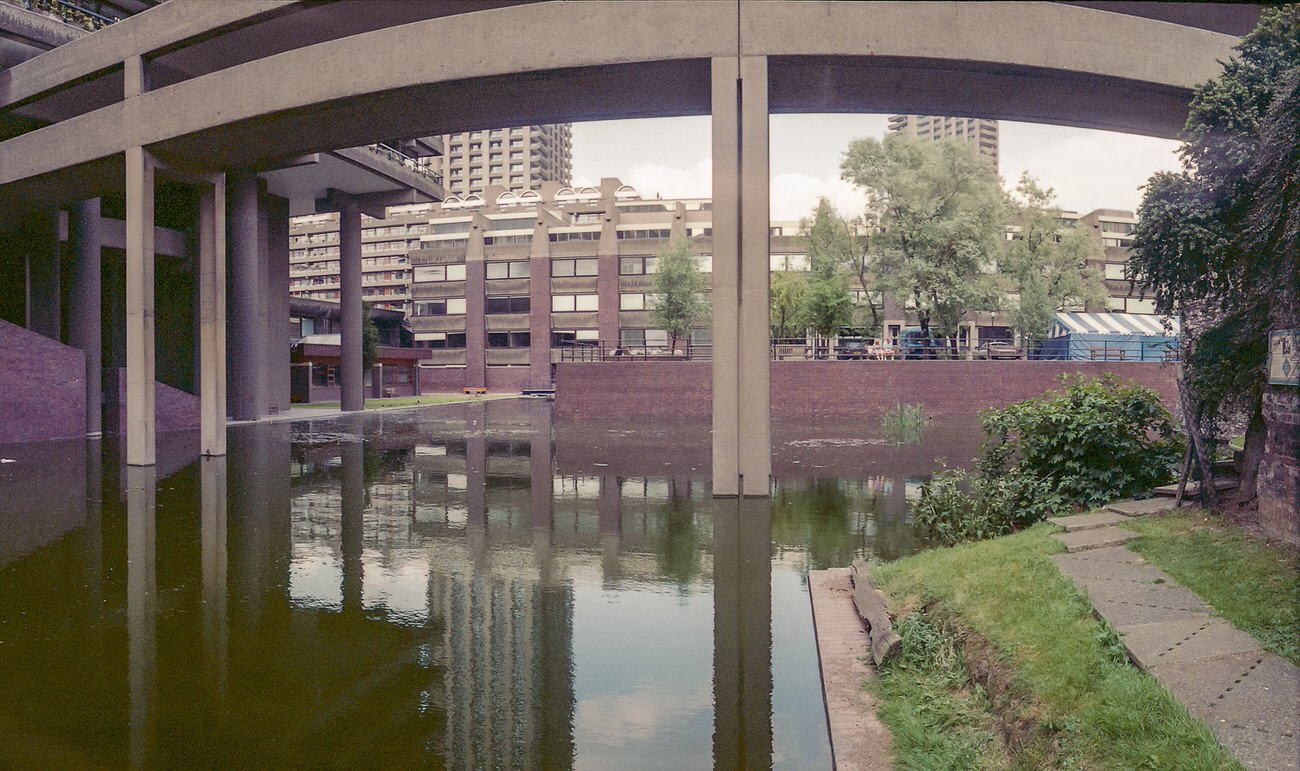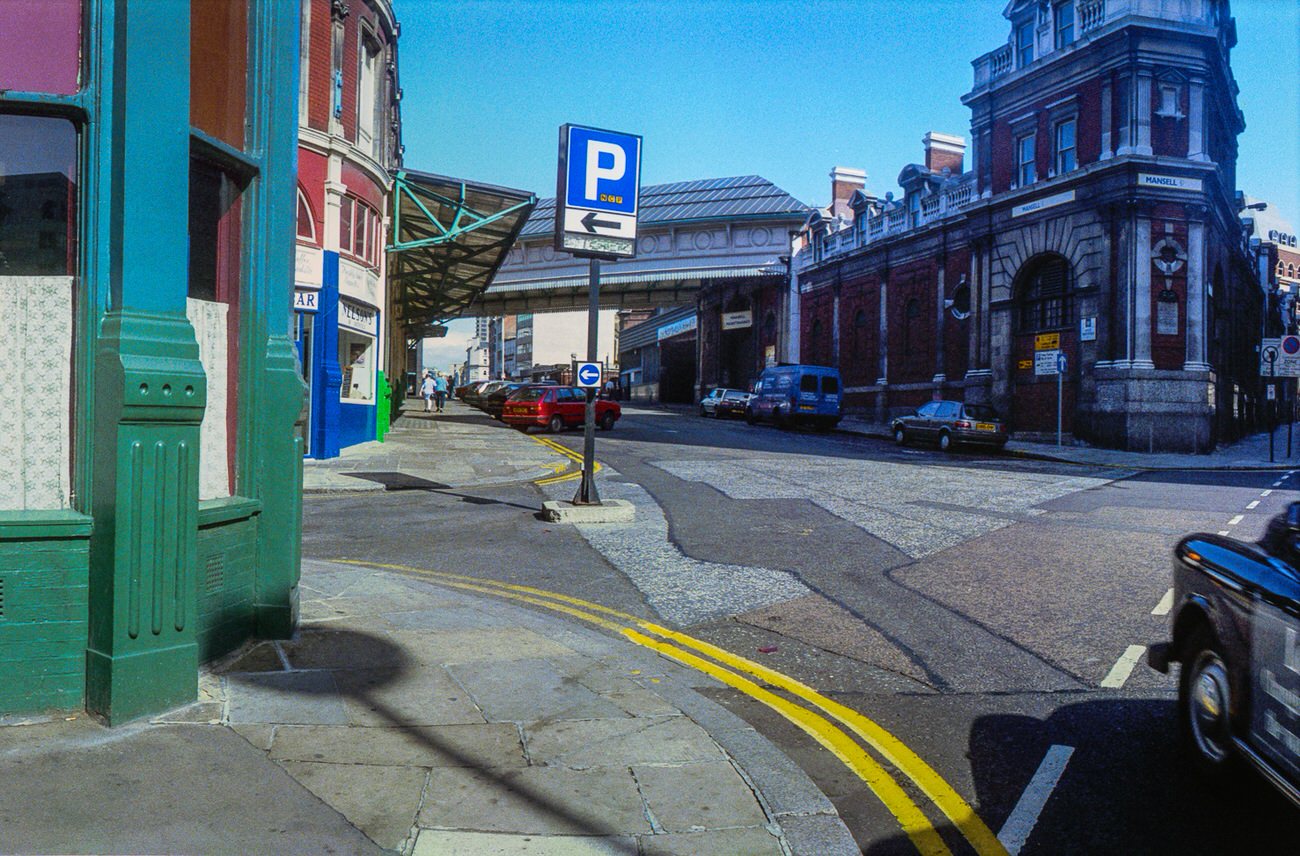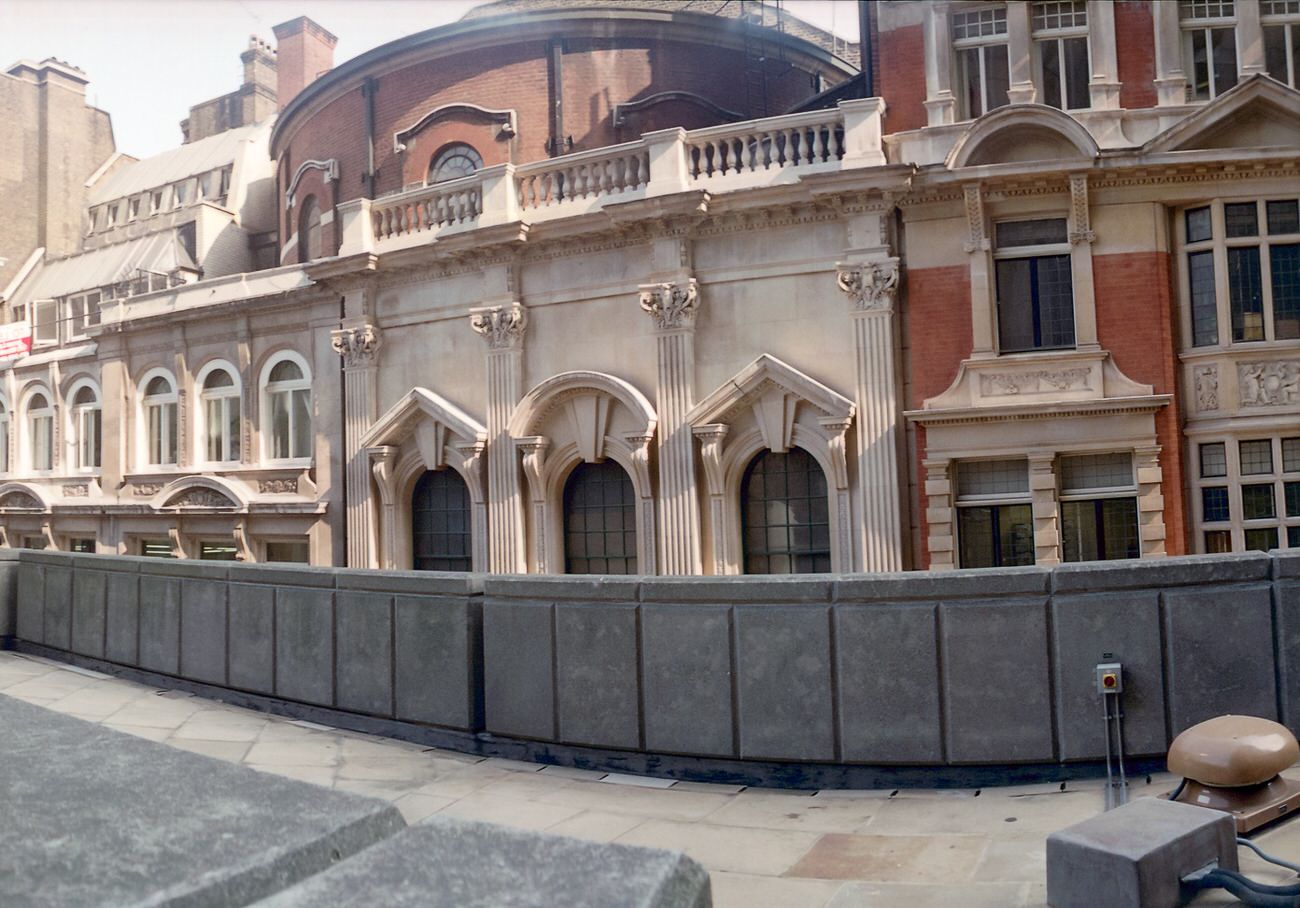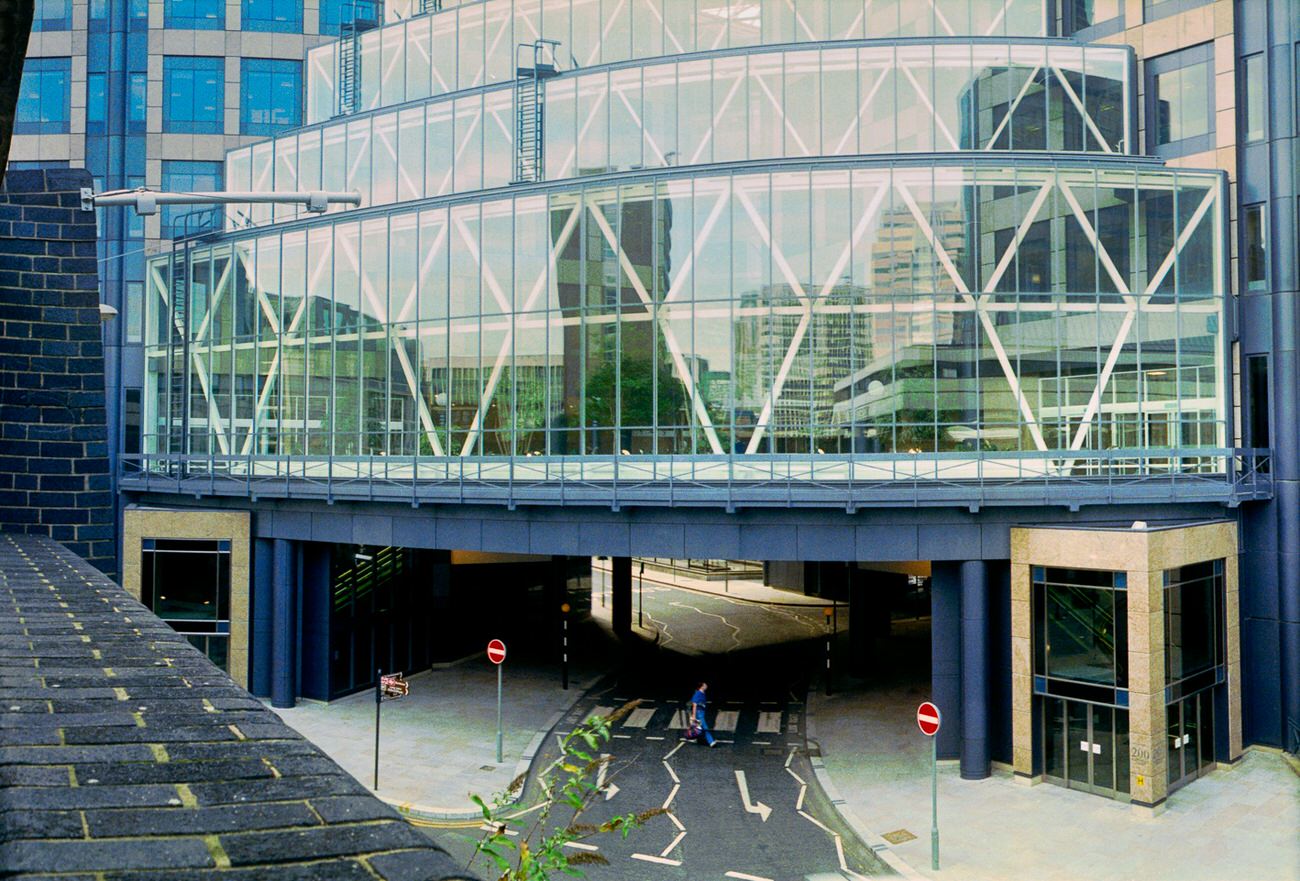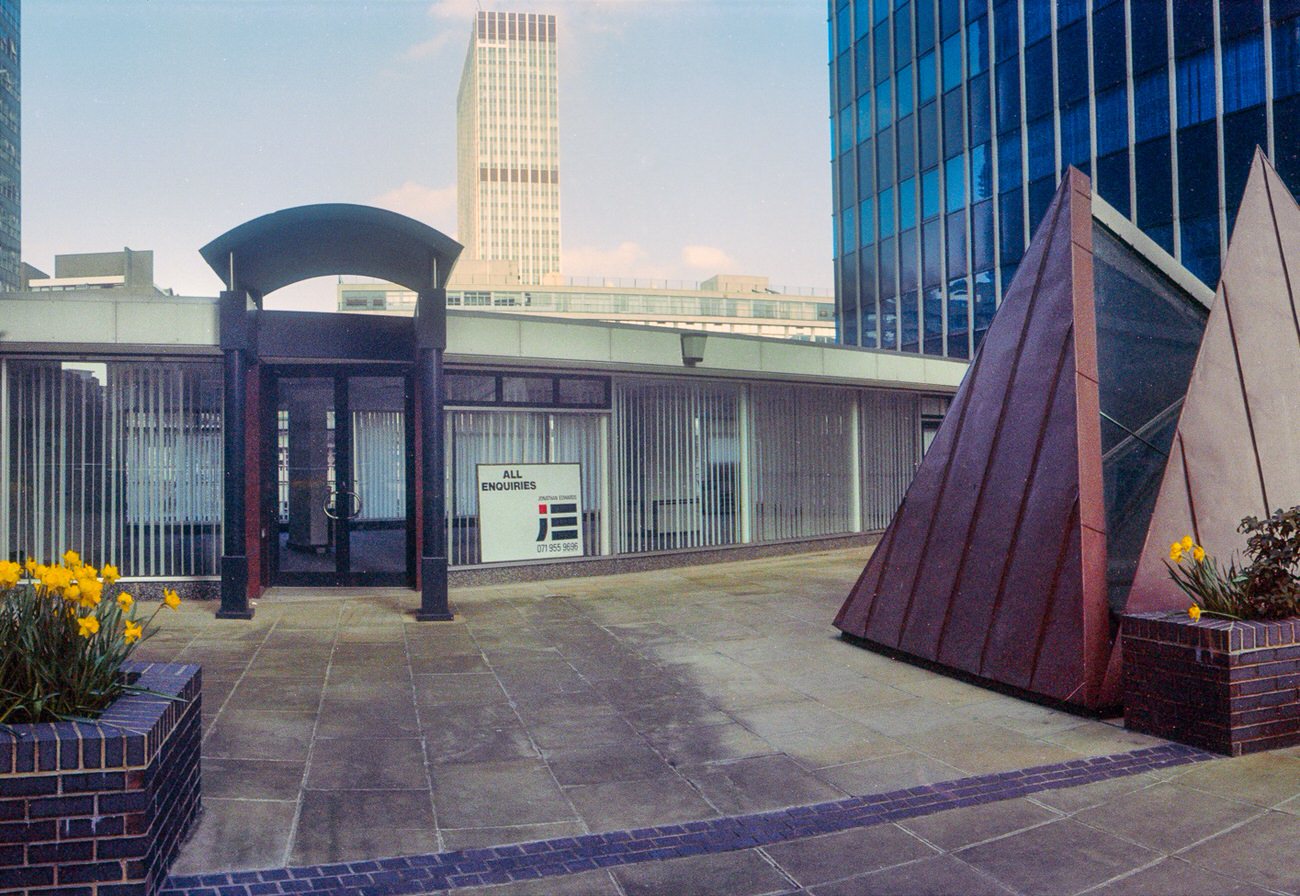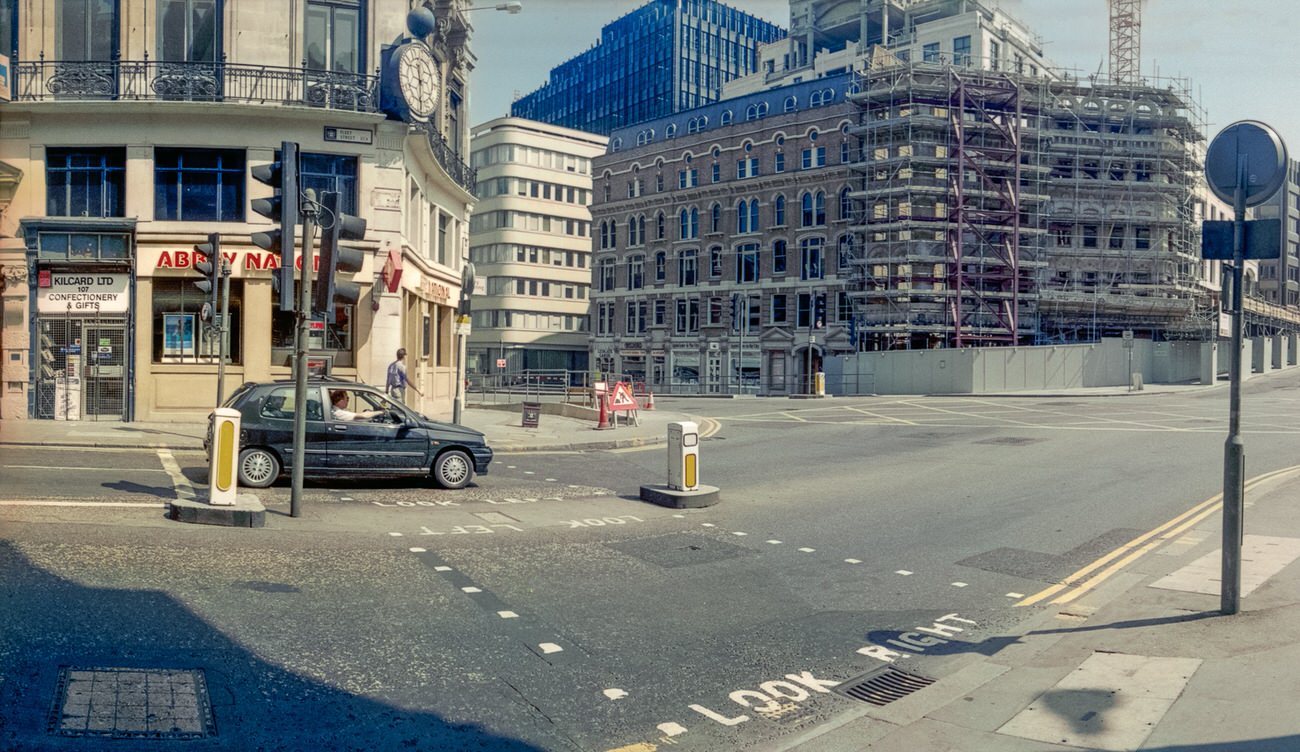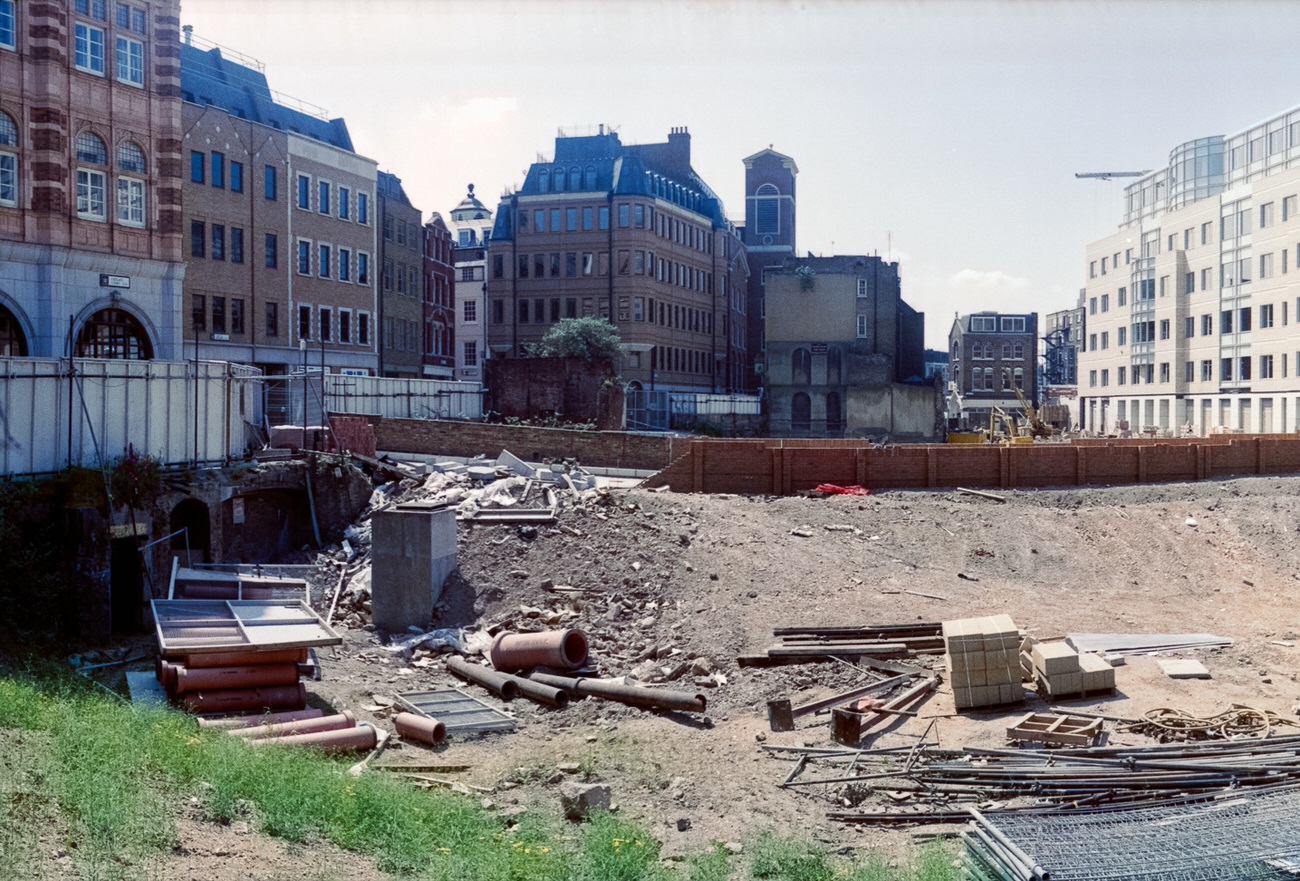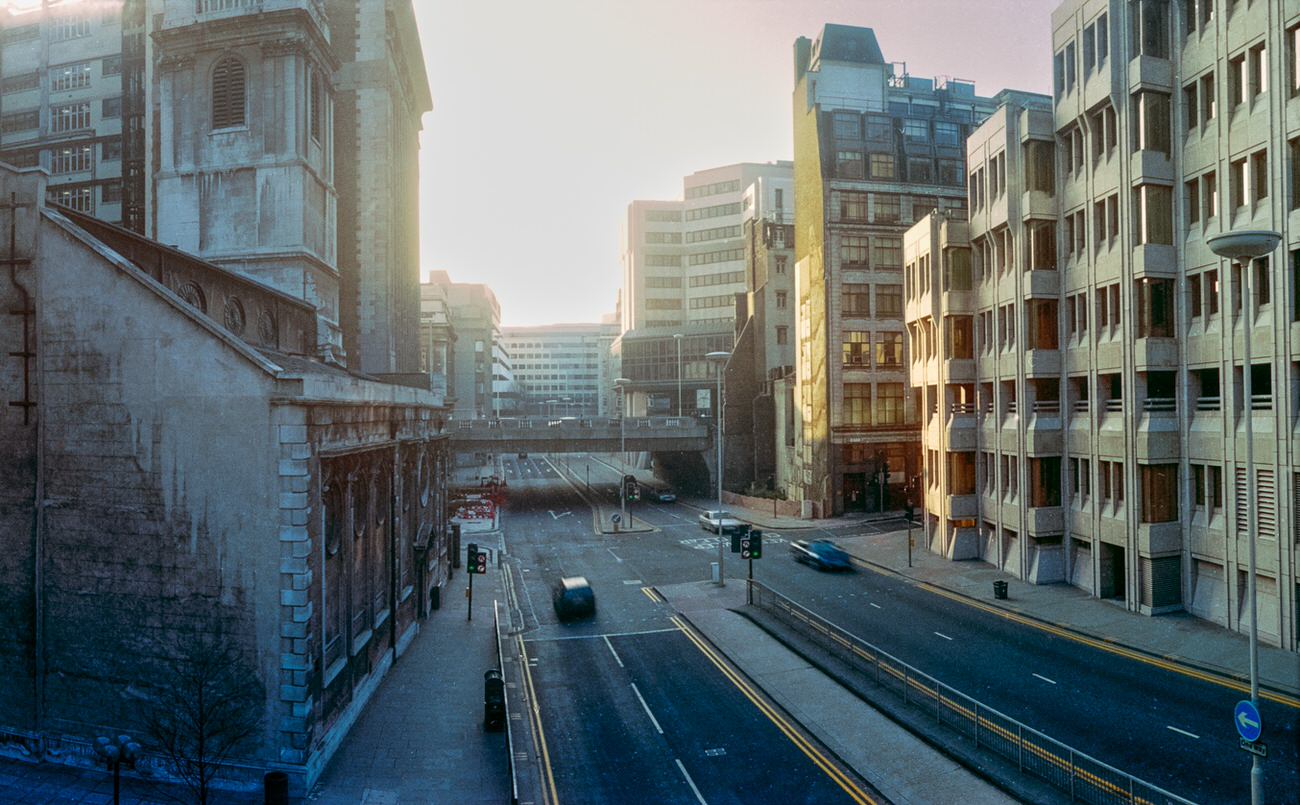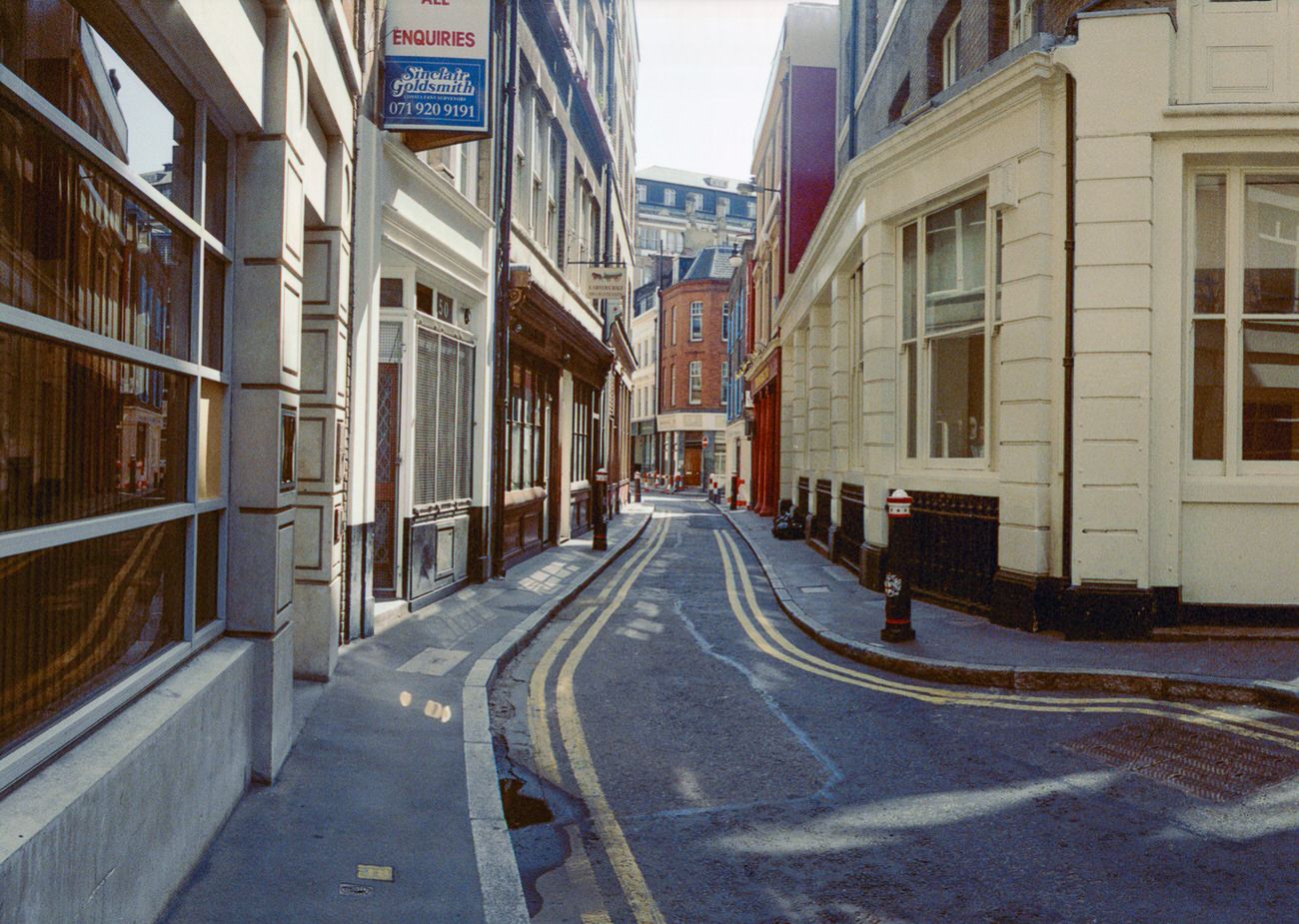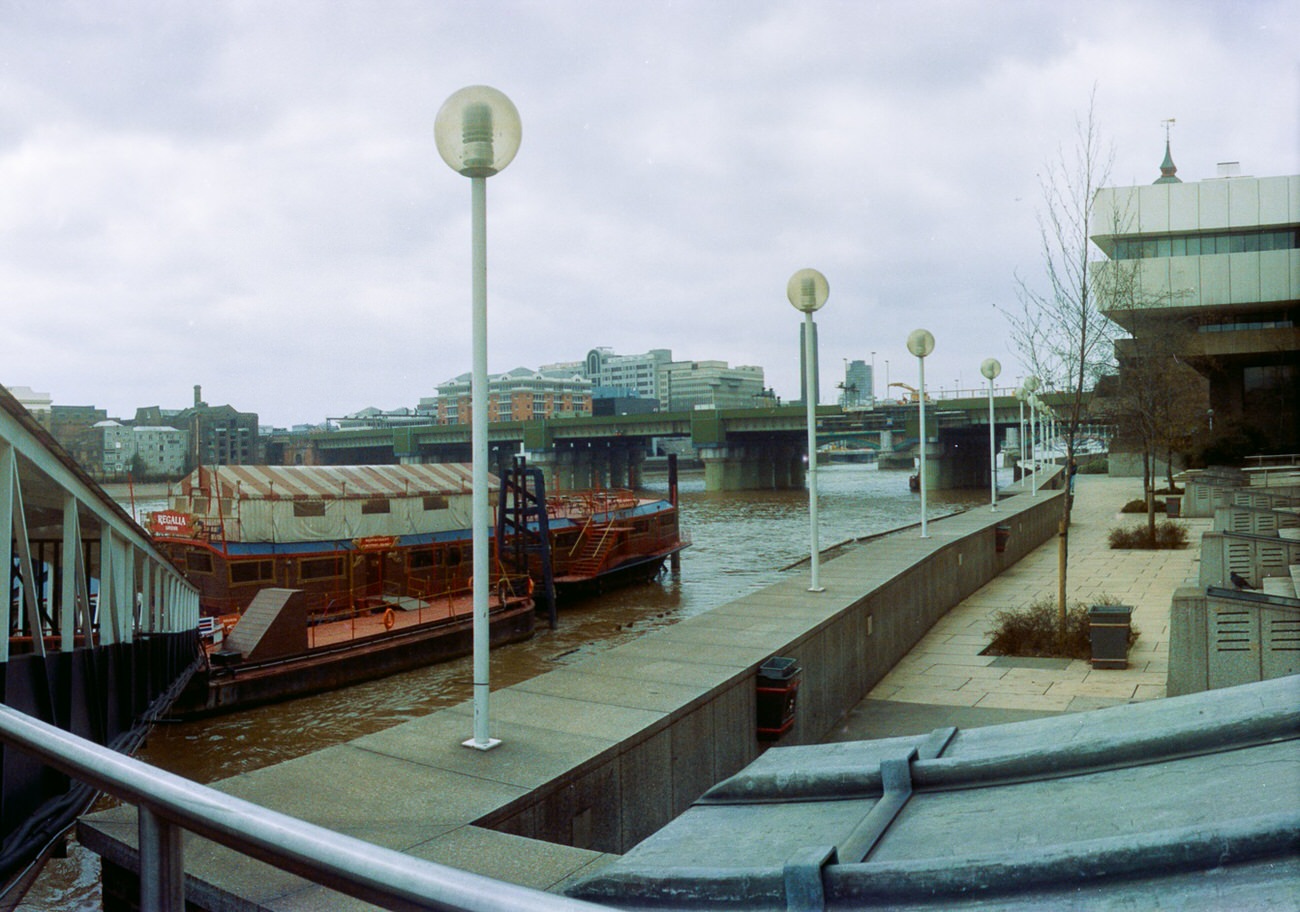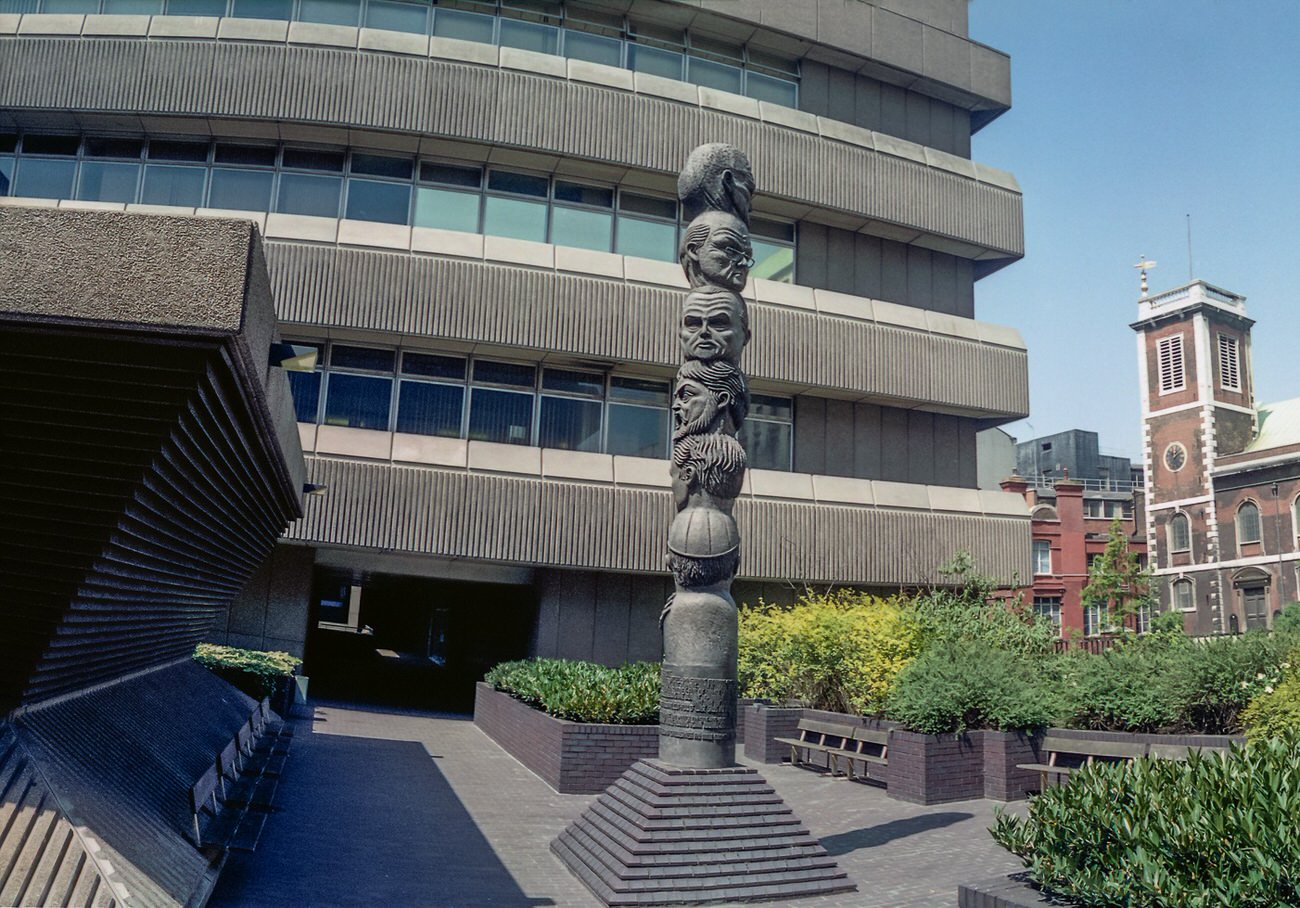1992 was a year of big changes and even bigger headlines for London. The city was buzzing with energy, from political drama to cultural shifts. Let’s take a trip down memory lane and explore what made this year so unique for Londoners.
Politics and Economics
The year kicked off with the Conservative Party winning a fourth term in the general election, a surprise for many. John Major continued as Prime Minister, facing challenges like high unemployment and a recession. The economy was in a tough spot, but Londoners were known for their resilience.
September brought a huge shock – “Black Wednesday.” The UK crashed out of the European Exchange Rate Mechanism, causing chaos in the financial markets. The value of the pound plummeted, and interest rates soared. It was a difficult time, but Londoners pulled together and weathered the storm.
The Royal Family
It wasn’t just politics and economics making headlines; the Royal Family had a year they’d probably rather forget. Queen Elizabeth II called it her “annus horribilis” (Latin for “horrible year”). There were scandals, divorces, and a devastating fire at Windsor Castle. It was a reminder that even the royals faced challenges.
Read more
Terrorism
The threat of terrorism loomed over London in 1992. The IRA (Irish Republican Army) was active, and there were several bombings in the city. One of the most significant attacks was on the Baltic Exchange, causing extensive damage and injuring over 100 people. These events were a stark reminder of the dangers the city faced.
Cultural Scene
Despite the challenges, London’s cultural scene thrived. The music world was booming, with bands like Blur and Suede leading the Britpop movement. This new wave of British rock was a reaction to the American grunge scene, and it quickly captured the hearts of young Londoners.
Meanwhile, the art world saw the rise of the Young British Artists, a group of young creatives challenging traditional notions of art. Their work was often shocking and controversial, but it sparked conversations and pushed boundaries.
The fashion scene in 1992 was a clash of styles. On one hand, there was the grunge look, inspired by the Seattle music scene – think flannel shirts, ripped jeans, and Doc Martens boots. It was a rebellion against the excess of the 80s.
On the other hand, there was still a love for glamour. Supermodels like Naomi Campbell and Kate Moss graced magazine covers, and designer brands like Versace and Chanel were coveted by fashionistas.
Everyday Life
London was undergoing significant changes in 1992. The Docklands area, once a neglected industrial zone, was being transformed into a modern business district. Canary Wharf, with its towering skyscrapers, was a symbol of this transformation.
Construction was also underway on the Jubilee Line Extension, a major expansion of the London Underground. This project would eventually connect key areas of the city, making it easier for Londoners to get around.


